Page 145 of 296
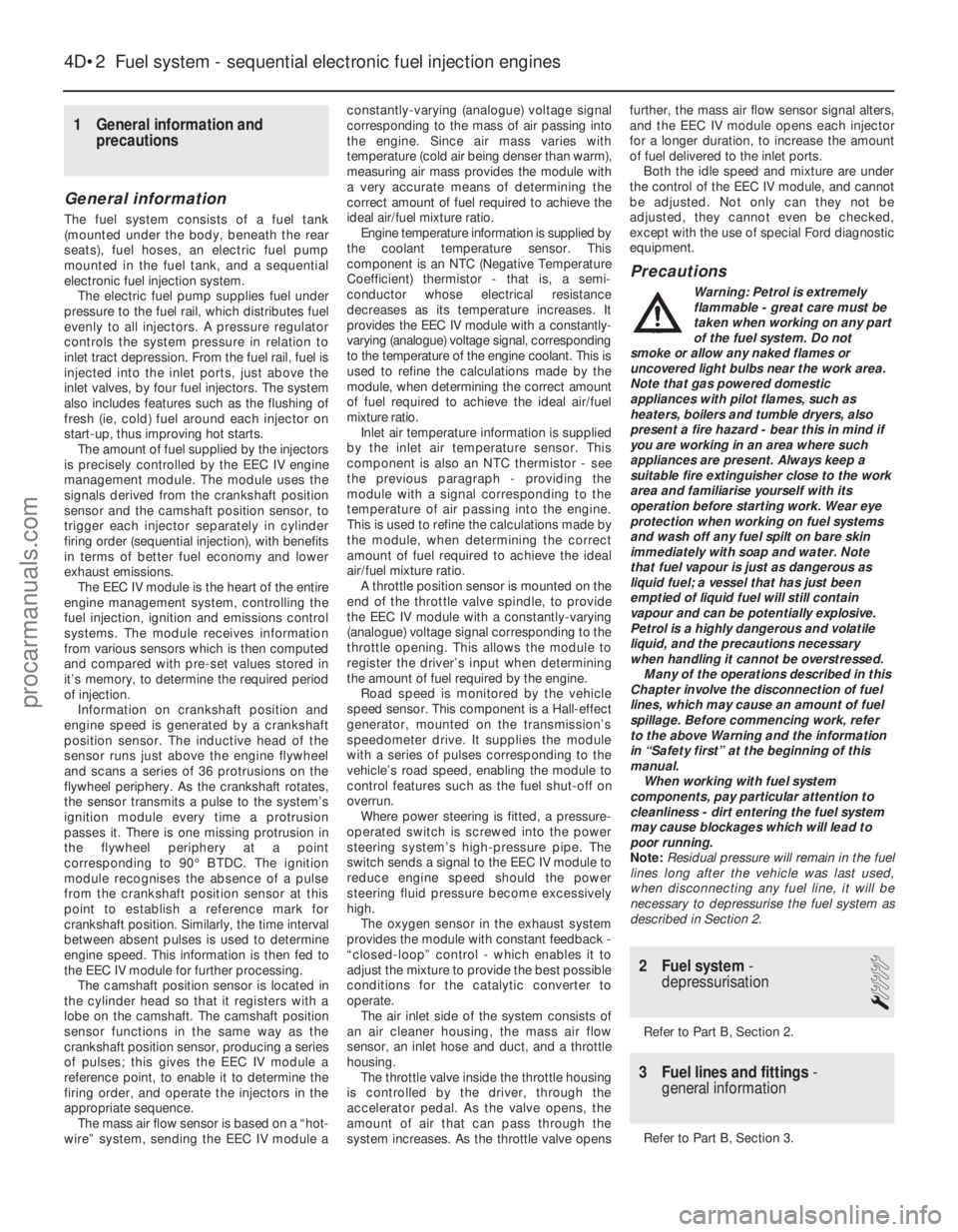
1 General information andprecautions
General information
The fuel system consists of a fuel tank
(mounted under the body, beneath the rear
seats), fuel hoses, an electric fuel pump
mounted in the fuel tank, and a sequential
electronic fuel injection system.
The electric fuel pump supplies fuel under
pressure to the fuel rail, which distributes fuel
evenly to all injectors. A pressure regulator
controls the system pressure in relation to
inlet tract depression. From the fuel rail, fuel is
injected into the inlet ports, just above the
inlet valves, by four fuel injectors. The system
also includes features such as the flushing of
fresh (ie, cold) fuel around each injector on
start-up, thus improving hot starts. The amount of fuel supplied by the injectors
is precisely controlled by the EEC IV engine
management module. The module uses the
signals derived from the crankshaft position
sensor and the camshaft position sensor, to
trigger each injector separately in cylinder
firing order (sequential injection), with benefits
in terms of better fuel economy and lower
exhaust emissions. The EEC IV module is the heart of the entire
engine management system, controlling the
fuel injection, ignition and emissions control
systems. The module receives information
from various sensors which is then computed
and compared with pre-set values stored in
it’s memory, to determine the required period
of injection. Information on crankshaft position and
engine speed is generated by a crankshaft
position sensor. The inductive head of the
sensor runs just above the engine flywheel
and scans a series of 36 protrusions on the
flywheel periphery. As the crankshaft rotates,
the sensor transmits a pulse to the system’s
ignition module every time a protrusion
passes it. There is one missing protrusion in
the flywheel periphery at a point
corresponding to 90° BTDC. The ignition
module recognises the absence of a pulse
from the crankshaft position sensor at this
point to establish a reference mark for
crankshaft position. Similarly, the time interval
between absent pulses is used to determine
engine speed. This information is then fed to
the EEC IV module for further processing. The camshaft position sensor is located in
the cylinder head so that it registers with a
lobe on the camshaft. The camshaft position
sensor functions in the same way as the
crankshaft position sensor, producing a series
of pulses; this gives the EEC IV module a
reference point, to enable it to determine the
firing order, and operate the injectors in the
appropriate sequence. The mass air flow sensor is based on a “hot-
wire” system, sending the EEC IV module a constantly-varying (analogue) voltage signal
corresponding to the mass of air passing into
the engine. Since air mass varies with
temperature (cold air being denser than warm),
measuring air mass provides the module with
a very accurate means of determining the
correct amount of fuel required to achieve the
ideal air/fuel mixture ratio.
Engine temperature information is supplied by
the coolant temperature sensor. This
component is an NTC (Negative Temperature
Coefficient) thermistor - that is, a semi-
conductor whose electrical resistance
decreases as its temperature increases. It
provides the EEC IV module with a constantly-
varying (analogue) voltage signal, corresponding
to the temperature of the engine coolant. This is
used to refine the calculations made by the
module, when determining the correct amount
of fuel required to achieve the ideal air/fuel
mixture ratio. Inlet air temperature information is supplied
by the inlet air temperature sensor. This
component is also an NTC thermistor - see
the previous paragraph - providing the
module with a signal corresponding to the
temperature of air passing into the engine.
This is used to refine the calculations made by
the module, when determining the correct
amount of fuel required to achieve the ideal
air/fuel mixture ratio. A throttle position sensor is mounted on the
end of the throttle valve spindle, to provide
the EEC IV module with a constantly-varying
(analogue) voltage signal corresponding to the
throttle opening. This allows the module to
register the driver’s input when determining
the amount of fuel required by the engine.
Road speed is monitored by the vehicle
speed sensor. This component is a Hall-effect
generator, mounted on the transmission’s
speedometer drive. It supplies the module
with a series of pulses corresponding to the
vehicle’s road speed, enabling the module to
control features such as the fuel shut-off on
overrun.
Where power steering is fitted, a pressure-
operated switch is screwed into the power
steering system’s high-pressure pipe. The
switch sends a signal to the EEC IV module to
reduce engine speed should the power
steering fluid pressure become excessively
high.
The oxygen sensor in the exhaust system
provides the module with constant feedback -
“closed-loop” control - which enables it to
adjust the mixture to provide the best possible
conditions for the catalytic converter to
operate. The air inlet side of the system consists of
an air cleaner housing, the mass air flow
sensor, an inlet hose and duct, and a throttle
housing. The throttle valve inside the throttle housing
is controlled by the driver, through the
accelerator pedal. As the valve opens, the
amount of air that can pass through the
system increases. As the throttle valve opens further, the mass air flow sensor signal alters,
and the EEC IV module opens each injector
for a longer duration, to increase the amount
of fuel delivered to the inlet ports.
Both the idle speed and mixture are under
the control of the EEC IV module, and cannot
be adjusted. Not only can they not be
adjusted, they cannot even be checked,
except with the use of special Ford diagnostic
equipment.
Precautions
Warning: Petrol is extremely
flammable - great care must be
taken when working on any part
of the fuel system. Do not
smoke or allow any naked flames or
uncovered light bulbs near the work area.
Note that gas powered domestic
appliances with pilot flames, such as
heaters, boilers and tumble dryers, also
present a fire hazard - bear this in mind if
you are working in an area where such
appliances are present. Always keep a
suitable fire extinguisher close to the work
area and familiarise yourself with its
operation before starting work. Wear eye
protection when working on fuel systems
and wash off any fuel spilt on bare skin
immediately with soap and water. Note
that fuel vapour is just as dangerous as
liquid fuel; a vessel that has just been
emptied of liquid fuel will still contain
vapour and can be potentially explosive.
Petrol is a highly dangerous and volatile
liquid, and the precautions necessary
when handling it cannot be overstressed. Many of the operations described in this
Chapter involve the disconnection of fuel
lines, which may cause an amount of fuel
spillage. Before commencing work, refer
to the above Warning and the information
in “Safety first” at the beginning of this
manual. When working with fuel system
components, pay particular attention to
cleanliness - dirt entering the fuel system
may cause blockages which will lead to
poor running.
Note: Residual pressure will remain in the fuel
lines long after the vehicle was last used,
when disconnecting any fuel line, it will be
necessary to depressurise the fuel system as
described in Section 2 .
2 Fuel system-
depressurisation
1
Refer to Part B, Section 2.
3 Fuel lines and fittings -
general information
Refer to Part B, Section 3.
4D•2 Fuel system - sequential electronic fuel injection engines
1595Ford Fiesta Remakeprocarmanuals.com
http://vnx.su
Page 146 of 296
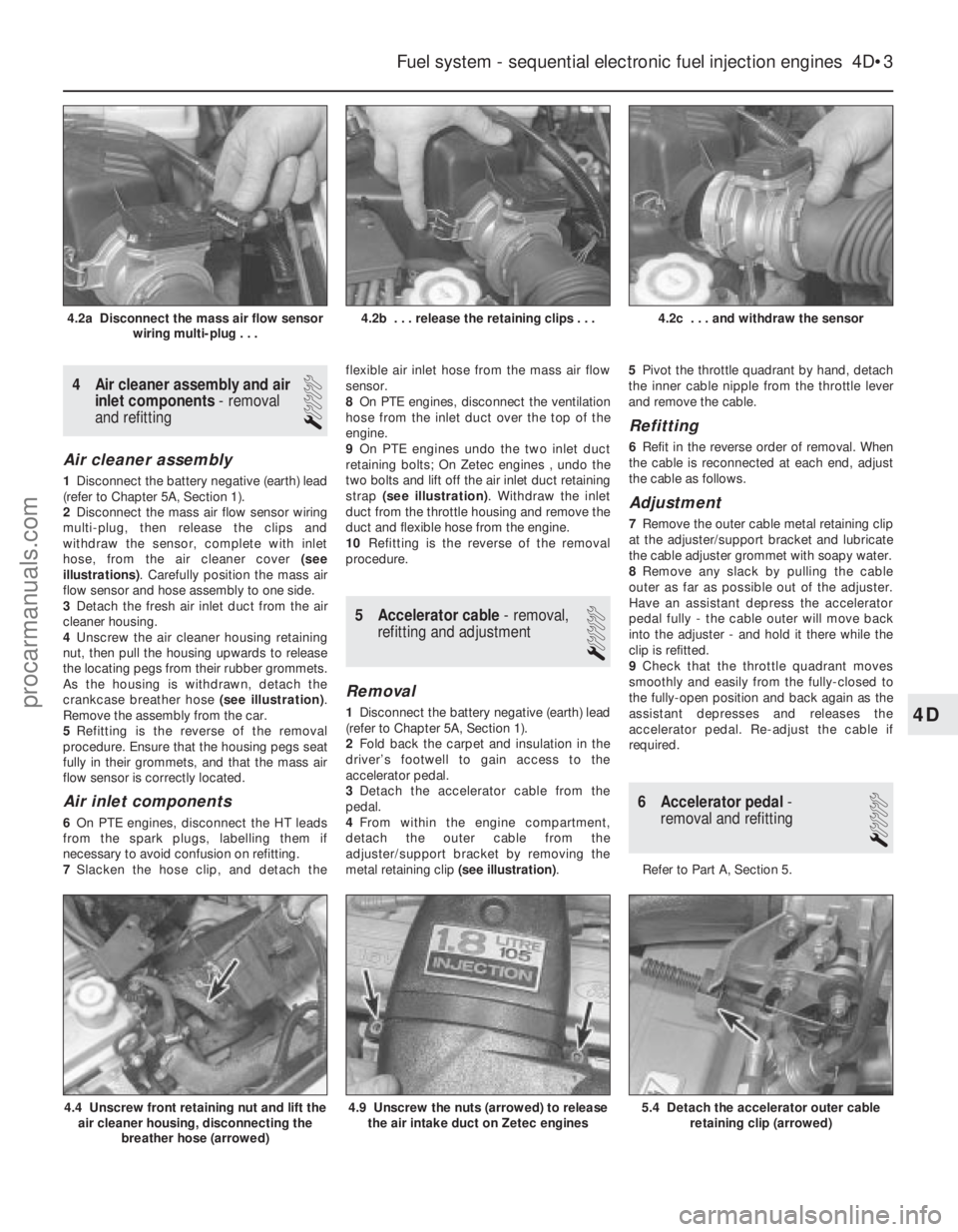
4 Air cleaner assembly and airinlet components - removal
and refitting
1
Air cleaner assembly
1 Disconnect the battery negative (earth) lead
(refer to Chapter 5A, Section 1).
2 Disconnect the mass air flow sensor wiring
multi-plug, then release the clips and
withdraw the sensor, complete with inlet
hose, from the air cleaner cover (see
illustrations) . Carefully position the mass air
flow sensor and hose assembly to one side.
3 Detach the fresh air inlet duct from the air
cleaner housing.
4 Unscrew the air cleaner housing retaining
nut, then pull the housing upwards to release
the locating pegs from their rubber grommets.
As the housing is withdrawn, detach the
crankcase breather hose (see illustration).
Remove the assembly from the car.
5 Refitting is the reverse of the removal
procedure. Ensure that the housing pegs seat
fully in their grommets, and that the mass air
flow sensor is correctly located.
Air inlet components
6 On PTE engines, disconnect the HT leads
from the spark plugs, labelling them if
necessary to avoid confusion on refitting.
7 Slacken the hose clip, and detach the flexible air inlet hose from the mass air flow
sensor.
8
On PTE engines, disconnect the ventilation
hose from the inlet duct over the top of the
engine.
9 On PTE engines undo the two inlet duct
retaining bolts; On Zetec engines , undo the
two bolts and lift off the air inlet duct retaining
strap (see illustration) . Withdraw the inlet
duct from the throttle housing and remove the
duct and flexible hose from the engine.
10 Refitting is the reverse of the removal
procedure.
5 Accelerator cable - removal,
refitting and adjustment
1
Removal
1 Disconnect the battery negative (earth) lead
(refer to Chapter 5A, Section 1).
2 Fold back the carpet and insulation in the
driver’s footwell to gain access to the
accelerator pedal.
3 Detach the accelerator cable from the
pedal.
4 From within the engine compartment,
detach the outer cable from the
adjuster/support bracket by removing the
metal retaining clip (see illustration).5
Pivot the throttle quadrant by hand, detach
the inner cable nipple from the throttle lever
and remove the cable.
Refitting
6 Refit in the reverse order of removal. When
the cable is reconnected at each end, adjust
the cable as follows.
Adjustment
7 Remove the outer cable metal retaining clip
at the adjuster/support bracket and lubricate
the cable adjuster grommet with soapy water.
8 Remove any slack by pulling the cable
outer as far as possible out of the adjuster.
Have an assistant depress the accelerator
pedal fully - the cable outer will move back
into the adjuster - and hold it there while the
clip is refitted.
9 Check that the throttle quadrant moves
smoothly and easily from the fully-closed to
the fully-open position and back again as the
assistant depresses and releases the
accelerator pedal. Re-adjust the cable if
required.
6 Accelerator pedal -
removal and refitting
1
Refer to Part A, Section 5.
Fuel system - sequential electronic fuel injection engines 4D•3
4.2c . . . and withdraw the sensor4.2b . . . release the retaining clips . . .4.2a Disconnect the mass air flow sensor
wiring multi-plug . . .
5.4 Detach the accelerator outer cableretaining clip (arrowed)4.9 Unscrew the nuts (arrowed) to releasethe air intake duct on Zetec engines4.4 Unscrew front retaining nut and lift theair cleaner housing, disconnecting the
breather hose (arrowed)
4D
1595Ford Fiesta Remakeprocarmanuals.com
http://vnx.su
Page 147 of 296
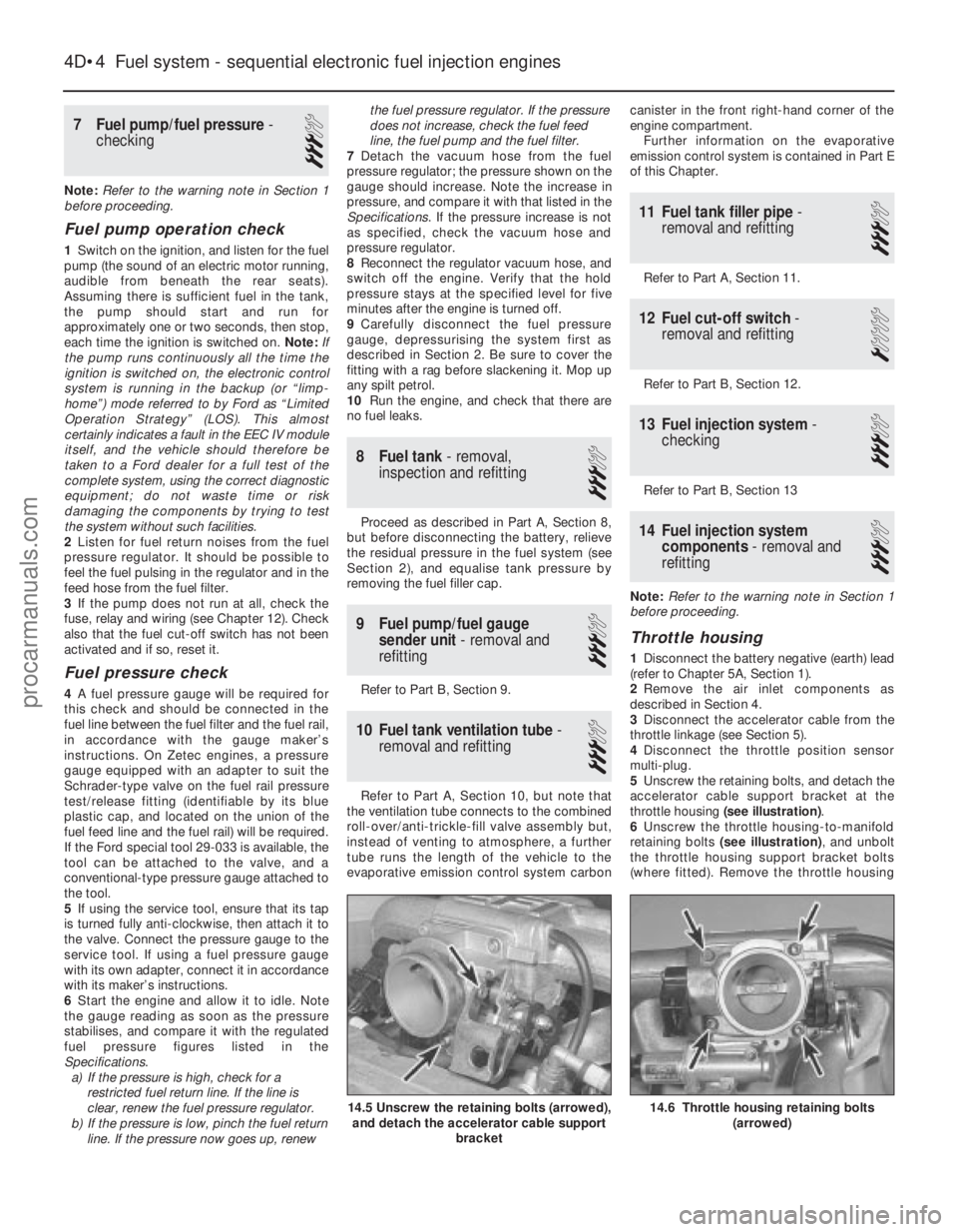
7 Fuel pump/fuel pressure-
checking
3
Note: Refer to the warning note in Section 1
before proceeding.
Fuel pump operation check
1 Switch on the ignition, and listen for the fuel
pump (the sound of an electric motor running,
audible from beneath the rear seats).
Assuming there is sufficient fuel in the tank,
the pump should start and run for
approximately one or two seconds, then stop,
each time the ignition is switched on. Note:If
the pump runs continuously all the time the
ignition is switched on, the electronic control
system is running in the backup (or “limp-
home”) mode referred to by Ford as “Limited
Operation Strategy” (LOS). This almost
certainly indicates a fault in the EEC IV module
itself, and the vehicle should therefore be
taken to a Ford dealer for a full test of the
complete system, using the correct diagnostic
equipment; do not waste time or risk
damaging the components by trying to test
the system without such facilities.
2 Listen for fuel return noises from the fuel
pressure regulator. It should be possible to
feel the fuel pulsing in the regulator and in the
feed hose from the fuel filter.
3 If the pump does not run at all, check the
fuse, relay and wiring (see Chapter 12). Check
also that the fuel cut-off switch has not been
activated and if so, reset it.
Fuel pressure check
4 A fuel pressure gauge will be required for
this check and should be connected in the
fuel line between the fuel filter and the fuel rail,
in accordance with the gauge maker’s
instructions. On Zetec engines, a pressure
gauge equipped with an adapter to suit the
Schrader-type valve on the fuel rail pressure
test/release fitting (identifiable by its blue
plastic cap, and located on the union of the
fuel feed line and the fuel rail) will be required.
If the Ford special tool 29-033 is available, the
tool can be attached to the valve, and a
conventional-type pressure gauge attached to
the tool.
5 If using the service tool, ensure that its tap
is turned fully anti-clockwise, then attach it to
the valve. Connect the pressure gauge to the
service tool. If using a fuel pressure gauge
with its own adapter, connect it in accordance
with its maker’s instructions.
6 Start the engine and allow it to idle. Note
the gauge reading as soon as the pressure
stabilises, and compare it with the regulated
fuel pressure figures listed in the
Specifications .
a) If the pressure is high, check for a
restricted fuel return line. If the line is
clear, renew the fuel pressure regulator.
b) If the pressure is low, pinch the fuel return
line. If the pressure now goes up, renew the fuel pressure regulator. If the pressure
does not increase, check the fuel feed
line, the fuel pump and the fuel filter.
7 Detach the vacuum hose from the fuel
pressure regulator; the pressure shown on the
gauge should increase. Note the increase in
pressure, and compare it with that listed in the
Specifications . If the pressure increase is not
as specified, check the vacuum hose and
pressure regulator.
8 Reconnect the regulator vacuum hose, and
switch off the engine. Verify that the hold
pressure stays at the specified level for five
minutes after the engine is turned off.
9 Carefully disconnect the fuel pressure
gauge, depressurising the system first as
described in Section 2. Be sure to cover the
fitting with a rag before slackening it. Mop up
any spilt petrol.
10 Run the engine, and check that there are
no fuel leaks.
8 Fuel tank - removal,
inspection and refitting
3
Proceed as described in Part A, Section 8,
but before disconnecting the battery, relieve
the residual pressure in the fuel system (see
Section 2), and equalise tank pressure by
removing the fuel filler cap.
9 Fuel pump/fuel gauge sender unit - removal and
refitting
3
Refer to Part B, Section 9.
10 Fuel tank ventilation tube -
removal and refitting
3
Refer to Part A, Section 10, but note that
the ventilation tube connects to the combined
roll-over/anti-trickle-fill valve assembly but,
instead of venting to atmosphere, a further
tube runs the length of the vehicle to the
evaporative emission control system carbon canister in the front right-hand corner of the
engine compartment.
Further information on the evaporative
emission control system is contained in Part E
of this Chapter.
11 Fuel tank filler pipe -
removal and refitting
3
Refer to Part A, Section 11.
12 Fuel cut-off switch -
removal and refitting
1
Refer to Part B, Section 12.
13 Fuel injection system -
checking
3
Refer to Part B, Section 13
14 Fuel injection system components - removal and
refitting
3
Note: Refer to the warning note in Section 1
before proceeding.
Throttle housing
1 Disconnect the battery negative (earth) lead
(refer to Chapter 5A, Section 1).
2 Remove the air inlet components as
described in Section 4.
3 Disconnect the accelerator cable from the
throttle linkage (see Section 5).
4 Disconnect the throttle position sensor
multi-plug.
5 Unscrew the retaining bolts, and detach the
accelerator cable support bracket at the
throttle housing (see illustration) .
6 Unscrew the throttle housing-to-manifold
retaining bolts (see illustration) , and unbolt
the throttle housing support bracket bolts
(where fitted). Remove the throttle housing
4D•4 Fuel system - sequential electronic fuel injection engines
14.6 Throttle housing retaining bolts
(arrowed)14.5 Unscrew the retaining bolts (arrowed),and detach the accelerator cable support
bracket
1595Ford Fiesta Remakeprocarmanuals.com
http://vnx.su
Page 148 of 296
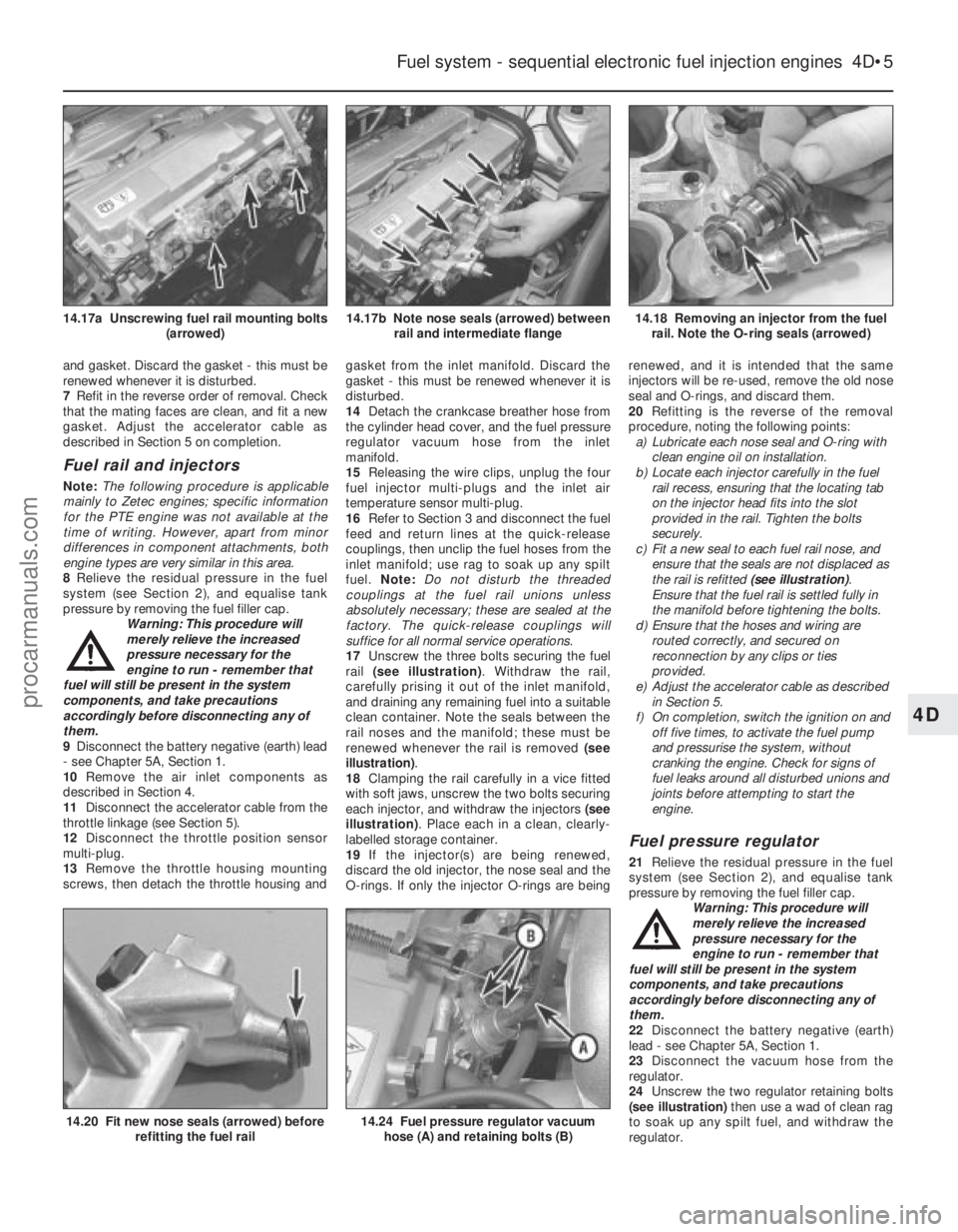
and gasket. Discard the gasket - this must be
renewed whenever it is disturbed.
7Refit in the reverse order of removal. Check
that the mating faces are clean, and fit a new
gasket. Adjust the accelerator cable as
described in Section 5 on completion.
Fuel rail and injectors
Note: The following procedure is applicable
mainly to Zetec engines; specific information
for the PTE engine was not available at the
time of writing. However, apart from minor
differences in component attachments, both
engine types are very similar in this area.
8 Relieve the residual pressure in the fuel
system (see Section 2), and equalise tank
pressure by removing the fuel filler cap. Warning: This procedure will
merely relieve the increased
pressure necessary for the
engine to run - remember that
fuel will still be present in the system
components, and take precautions
accordingly before disconnecting any of
them.
9 Disconnect the battery negative (earth) lead
- see Chapter 5A, Section 1.
10 Remove the air inlet components as
described in Section 4.
11 Disconnect the accelerator cable from the
throttle linkage (see Section 5).
12 Disconnect the throttle position sensor
multi-plug.
13 Remove the throttle housing mounting
screws, then detach the throttle housing and gasket from the inlet manifold. Discard the
gasket - this must be renewed whenever it is
disturbed.
14
Detach the crankcase breather hose from
the cylinder head cover, and the fuel pressure
regulator vacuum hose from the inlet
manifold.
15 Releasing the wire clips, unplug the four
fuel injector multi-plugs and the inlet air
temperature sensor multi-plug.
16 Refer to Section 3 and disconnect the fuel
feed and return lines at the quick-release
couplings, then unclip the fuel hoses from the
inlet manifold; use rag to soak up any spilt
fuel. Note: Do not disturb the threaded
couplings at the fuel rail unions unless
absolutely necessary; these are sealed at the
factory. The quick-release couplings will
suffice for all normal service operations.
17 Unscrew the three bolts securing the fuel
rail (see illustration) . Withdraw the rail,
carefully prising it out of the inlet manifold,
and draining any remaining fuel into a suitable
clean container. Note the seals between the
rail noses and the manifold; these must be
renewed whenever the rail is removed (see
illustration) .
18 Clamping the rail carefully in a vice fitted
with soft jaws, unscrew the two bolts securing
each injector, and withdraw the injectors (see
illustration) . Place each in a clean, clearly-
labelled storage container.
19 If the injector(s) are being renewed,
discard the old injector, the nose seal and the
O- rings. If only the injector O-rings are being renewed, and it is intended that the same
injectors will be re-used, remove the old nose
seal and O-rings, and discard them.
20
Refitting is the reverse of the removal
procedure, noting the following points:
a) Lubricate each nose seal and O-ring with clean engine oil on installation.
b) Locate each injector carefully in the fuel
rail recess, ensuring that the locating tab
on the injector head fits into the slot
provided in the rail. Tighten the bolts
securely.
c) Fit a new seal to each fuel rail nose, and
ensure that the seals are not displaced as
the rail is refitted (see illustration).
Ensure that the fuel rail is settled fully in
the manifold before tightening the bolts.
d) Ensure that the hoses and wiring are
routed correctly, and secured on
reconnection by any clips or ties
provided.
e) Adjust the accelerator cable as described
in Section 5.
f) On completion, switch the ignition on and off five times, to activate the fuel pump
and pressurise the system, without
cranking the engine. Check for signs of
fuel leaks around all disturbed unions and
joints before attempting to start the
engine.
Fuel pressure regulator
21 Relieve the residual pressure in the fuel
system (see Section 2), and equalise tank
pressure by removing the fuel filler cap.
Warning: This procedure will
merely relieve the increased
pressure necessary for the
engine to run - remember that
fuel will still be present in the system
components, and take precautions
accordingly before disconnecting any of
them.
22 Disconnect the battery negative (earth)
lead - see Chapter 5A, Section 1.
23 Disconnect the vacuum hose from the
regulator.
24 Unscrew the two regulator retaining bolts
(see illustration) then use a wad of clean rag
to soak up any spilt fuel, and withdraw the
regulator.
Fuel system - sequential electronic fuel injection engines 4D•5
14.18 Removing an injector from the fuel rail. Note the O-ring seals (arrowed)14.17b Note nose seals (arrowed) between rail and intermediate flange14.17a Unscrewing fuel rail mounting bolts (arrowed)
14.24 Fuel pressure regulator vacuumhose (A) and retaining bolts (B)14.20 Fit new nose seals (arrowed) before refitting the fuel rail
4D
1595Ford Fiesta Remakeprocarmanuals.com
http://vnx.su
Page 149 of 296
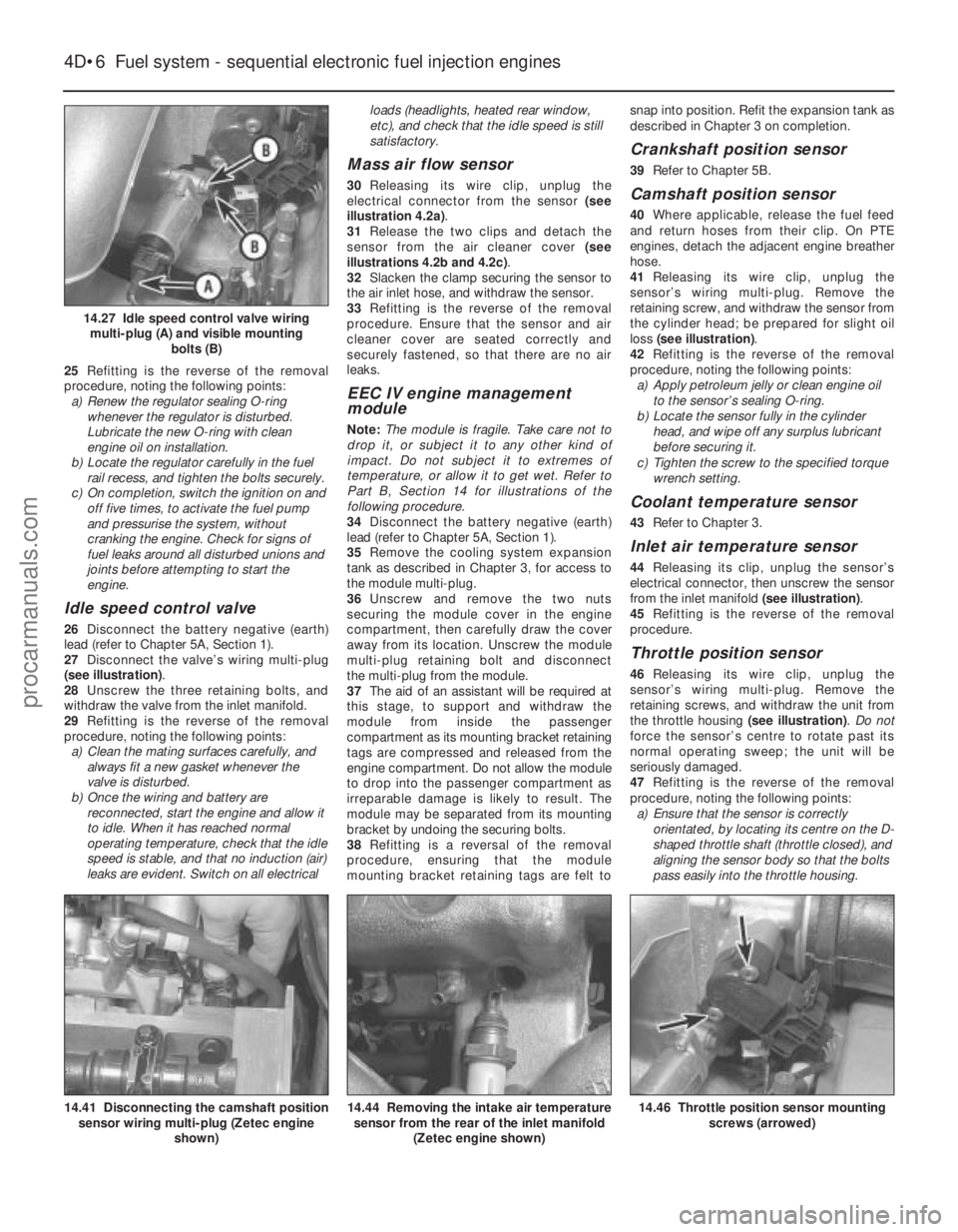
25Refitting is the reverse of the removal
procedure, noting the following points: a) Renew the regulator sealing O-ring
whenever the regulator is disturbed.
Lubricate the new O-ring with clean
engine oil on installation.
b) Locate the regulator carefully in the fuel
rail recess, and tighten the bolts securely.
c) On completion, switch the ignition on and off five times, to activate the fuel pump
and pressurise the system, without
cranking the engine. Check for signs of
fuel leaks around all disturbed unions and
joints before attempting to start the
engine.
Idle speed control valve
26 Disconnect the battery negative (earth)
lead (refer to Chapter 5A, Section 1).
27 Disconnect the valve’s wiring multi-plug
(see illustration) .
28 Unscrew the three retaining bolts, and
withdraw the valve from the inlet manifold.
29 Refitting is the reverse of the removal
procedure, noting the following points: a) Clean the mating surfaces carefully, and
always fit a new gasket whenever the
valve is disturbed.
b) Once the wiring and battery are
reconnected, start the engine and allow it
to idle. When it has reached normal
operating temperature, check that the idle
speed is stable, and that no induction (air)
leaks are evident. Switch on all electrical loads (headlights, heated rear window,
etc), and check that the idle speed is still
satisfactory.
Mass air flow sensor
30
Releasing its wire clip, unplug the
electrical connector from the sensor (see
illustration 4.2a) .
31 Release the two clips and detach the
sensor from the air cleaner cover (see
illustrations 4.2b and 4.2c) .
32 Slacken the clamp securing the sensor to
the air inlet hose, and withdraw the sensor.
33 Refitting is the reverse of the removal
procedure. Ensure that the sensor and air
cleaner cover are seated correctly and
securely fastened, so that there are no air
leaks.
EEC IV engine management
module
Note: The module is fragile. Take care not to
drop it, or subject it to any other kind of
impact. Do not subject it to extremes of
temperature, or allow it to get wet. Refer to
Part B, Section 14 for illustrations of the
following procedure.
34 Disconnect the battery negative (earth)
lead (refer to Chapter 5A, Section 1).
35 Remove the cooling system expansion
tank as described in Chapter 3, for access to
the module multi-plug.
36 Unscrew and remove the two nuts
securing the module cover in the engine
compartment, then carefully draw the cover
away from its location. Unscrew the module
multi-plug retaining bolt and disconnect
the multi-plug from the module.
37 The aid of an assistant will be required at
this stage, to support and withdraw the
module from inside the passenger
compartment as its mounting bracket retaining
tags are compressed and released from the
engine compartment. Do not allow the module
to drop into the passenger compartment as
irreparable damage is likely to result. The
module may be separated from its mounting
bracket by undoing the securing bolts.
38 Refitting is a reversal of the removal
procedure, ensuring that the module
mounting bracket retaining tags are felt to snap into position. Refit the expansion tank as
described in Chapter 3 on completion.
Crankshaft position sensor
39
Refer to Chapter 5B.
Camshaft position sensor
40Where applicable, release the fuel feed
and return hoses from their clip. On PTE
engines, detach the adjacent engine breather
hose.
41 Releasing its wire clip, unplug the
sensor’s wiring multi-plug. Remove the
retaining screw, and withdraw the sensor from
the cylinder head; be prepared for slight oil
loss (see illustration) .
42 Refitting is the reverse of the removal
procedure, noting the following points: a) Apply petroleum jelly or clean engine oil
to the sensor’s sealing O-ring.
b) Locate the sensor fully in the cylinder
head, and wipe off any surplus lubricant
before securing it.
c) Tighten the screw to the specified torque wrench setting.
Coolant temperature sensor
43 Refer to Chapter 3.
Inlet air temperature sensor
44Releasing its clip, unplug the sensor’s
electrical connector, then unscrew the sensor
from the inlet manifold (see illustration).
45 Refitting is the reverse of the removal
procedure.
Throttle position sensor
46 Releasing its wire clip, unplug the
sensor’s wiring multi-plug. Remove the
retaining screws, and withdraw the unit from
the throttle housing (see illustration). Do not
force the sensor’s centre to rotate past its
normal operating sweep; the unit will be
seriously damaged.
47 Refitting is the reverse of the removal
procedure, noting the following points: a) Ensure that the sensor is correctly orientated, by locating its centre on the D-
shaped throttle shaft (throttle closed), and
aligning the sensor body so that the bolts
pass easily into the throttle housing.
4D•6 Fuel system - sequential electronic fuel injection engines
14.46 Throttle position sensor mounting screws (arrowed)14.44 Removing the intake air temperaturesensor from the rear of the inlet manifold
(Zetec engine shown)14.41 Disconnecting the camshaft positionsensor wiring multi-plug (Zetec engine
shown)
14.27 Idle speed control valve wiringmulti-plug (A) and visible mounting bolts (B)
1595Ford Fiesta Remakeprocarmanuals.com
http://vnx.su
Page 150 of 296
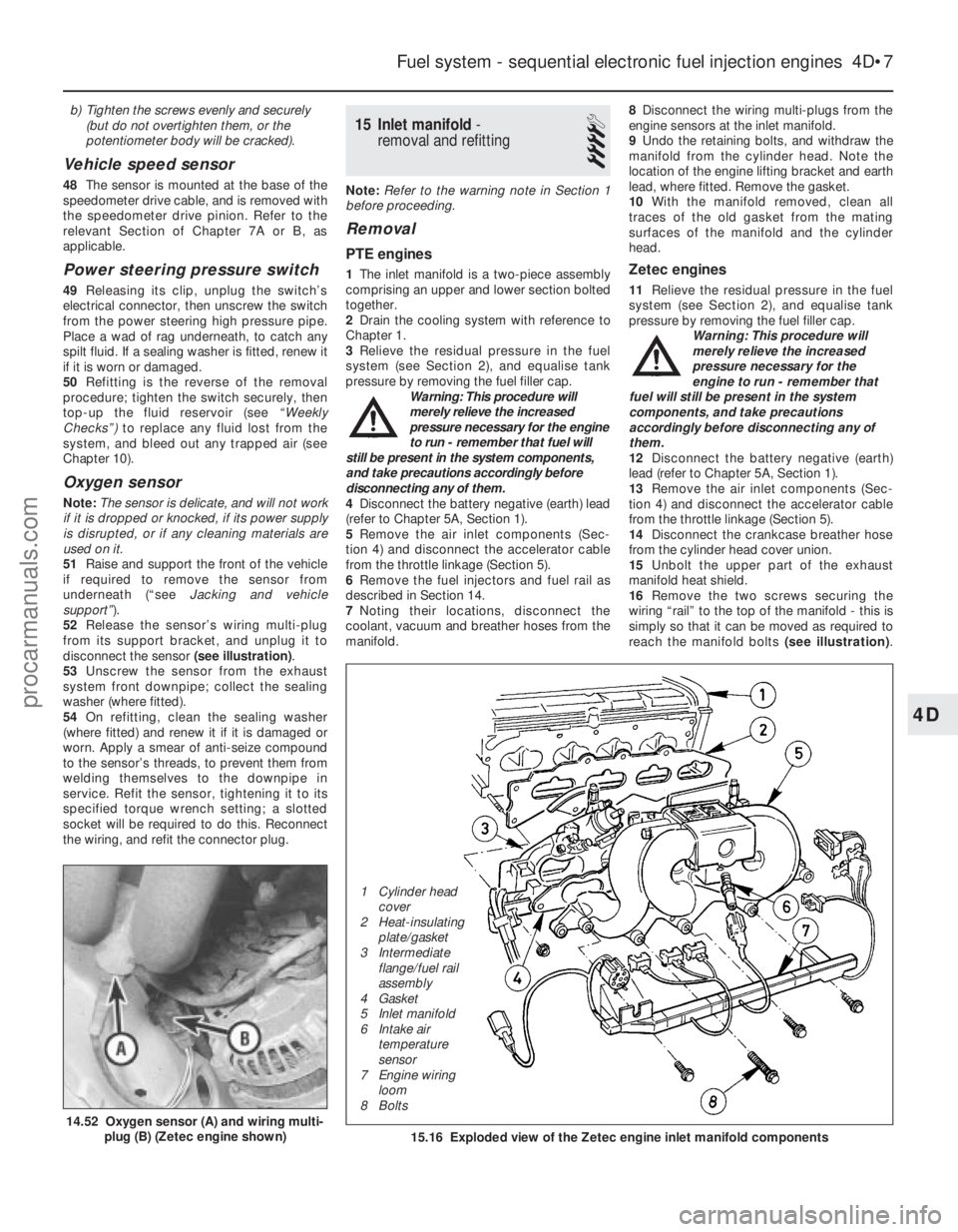
b)Tighten the screws evenly and securely
(but do not overtighten them, or the
potentiometer body will be cracked).
Vehicle speed sensor
48 The sensor is mounted at the base of the
speedometer drive cable, and is removed with
the speedometer drive pinion. Refer to the
relevant Section of Chapter 7A or B, as
applicable.
Power steering pressure switch
49 Releasing its clip, unplug the switch’s
electrical connector, then unscrew the switch
from the power steering high pressure pipe.
Place a wad of rag underneath, to catch any
spilt fluid. If a sealing washer is fitted, renew it
if it is worn or damaged.
50 Refitting is the reverse of the removal
procedure; tighten the switch securely, then
top-up the fluid reservoir (see “Weekly
Checks”) to replace any fluid lost from the
system, and bleed out any trapped air (see
Chapter 10).
Oxygen sensor
Note: The sensor is delicate, and will not work
if it is dropped or knocked, if its power supply
is disrupted, or if any cleaning materials are
used on it.
51 Raise and support the front of the vehicle
if required to remove the sensor from
underneath (“see Jacking and vehicle
support” ).
52 Release the sensor’s wiring multi-plug
from its support bracket, and unplug it to
disconnect the sensor (see illustration).
53 Unscrew the sensor from the exhaust
system front downpipe; collect the sealing
washer (where fitted).
54 On refitting, clean the sealing washer
(where fitted) and renew it if it is damaged or
worn. Apply a smear of anti-seize compound
to the sensor’s threads, to prevent them from
welding themselves to the downpipe in
service. Refit the sensor, tightening it to its
specified torque wrench setting; a slotted
socket will be required to do this. Reconnect
the wiring, and refit the connector plug.
15 Inlet manifold -
removal and refitting
4
Note: Refer to the warning note in Section 1
before proceeding.
Removal
PTE engines
1 The inlet manifold is a two-piece assembly
comprising an upper and lower section bolted
together.
2 Drain the cooling system with reference to
Chapter 1.
3 Relieve the residual pressure in the fuel
system (see Section 2), and equalise tank
pressure by removing the fuel filler cap. Warning: This procedure will
merely relieve the increased
pressure necessary for the engine
to run - remember that fuel will
still be present in the system components,
and take precautions accordingly before
disconnecting any of them.
4 Disconnect the battery negative (earth) lead
(refer to Chapter 5A, Section 1).
5 Remove the air inlet components (Sec-
tion 4) and disconnect the accelerator cable
from the throttle linkage (Section 5).
6 Remove the fuel injectors and fuel rail as
described in Section 14.
7 Noting their locations, disconnect the
coolant, vacuum and breather hoses from the
manifold. 8
Disconnect the wiring multi-plugs from the
engine sensors at the inlet manifold.
9 Undo the retaining bolts, and withdraw the
manifold from the cylinder head. Note the
location of the engine lifting bracket and earth
lead, where fitted. Remove the gasket.
10 With the manifold removed, clean all
traces of the old gasket from the mating
surfaces of the manifold and the cylinder
head.Zetec engines
11 Relieve the residual pressure in the fuel
system (see Section 2), and equalise tank
pressure by removing the fuel filler cap. Warning: This procedure will
merely relieve the increased
pressure necessary for the
engine to run - remember that
fuel will still be present in the system
components, and take precautions
accordingly before disconnecting any of
them.
12 Disconnect the battery negative (earth)
lead (refer to Chapter 5A, Section 1).
13 Remove the air inlet components (Sec-
tion 4) and disconnect the accelerator cable
from the throttle linkage (Section 5).
14 Disconnect the crankcase breather hose
from the cylinder head cover union.
15 Unbolt the upper part of the exhaust
manifold heat shield.
16 Remove the two screws securing the
wiring “rail” to the top of the manifold - this is
simply so that it can be moved as required to
reach the manifold bolts (see illustration).
Fuel system - sequential electronic fuel injection engines 4D•7
14.52 Oxygen sensor (A) and wiring multi-
plug (B) (Zetec engine shown)15.16 Exploded view of the Zetec engine inlet manifold components
4D
1595Ford Fiesta Remake
1 Cylinder head
cover
2 Heat-insulating plate/gasket
3 Intermediate flange/fuel rail
assembly
4 Gasket
5 Inlet manifold
6 Intake air temperature
sensor
7 Engine wiring
loom
8 Boltsprocarmanuals.com
http://vnx.su
Page 151 of 296
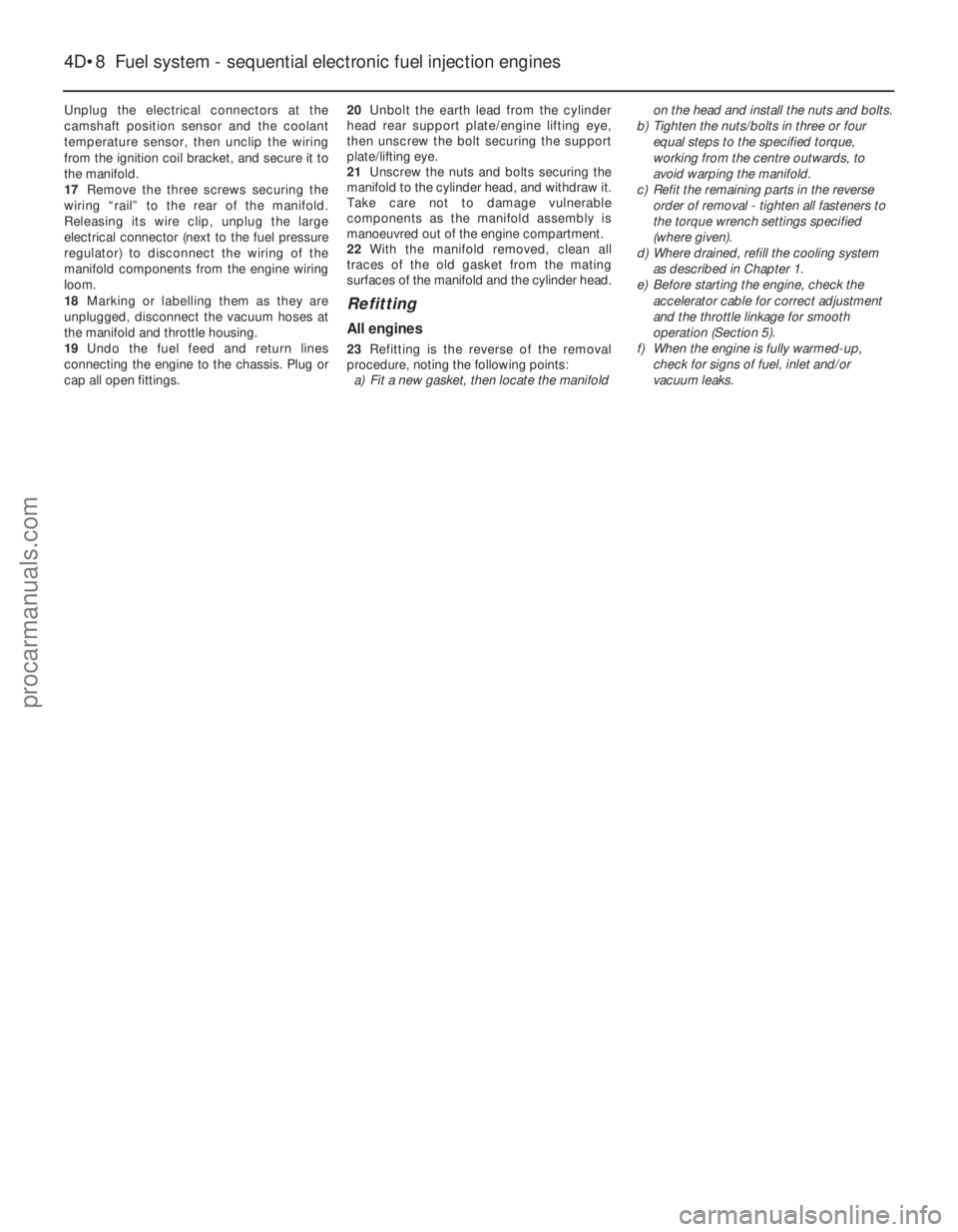
Unplug the electrical connectors at the
camshaft position sensor and the coolant
temperature sensor, then unclip the wiring
from the ignition coil bracket, and secure it to
the manifold.
17Remove the three screws securing the
wiring “rail” to the rear of the manifold.
Releasing its wire clip, unplug the large
electrical connector (next to the fuel pressure
regulator) to disconnect the wiring of the
manifold components from the engine wiring
loom.
18 Marking or labelling them as they are
unplugged, disconnect the vacuum hoses at
the manifold and throttle housing.
19 Undo the fuel feed and return lines
connecting the engine to the chassis. Plug or
cap all open fittings. 20
Unbolt the earth lead from the cylinder
head rear support plate/engine lifting eye,
then unscrew the bolt securing the support
plate/lifting eye.
21 Unscrew the nuts and bolts securing the
manifold to the cylinder head, and withdraw it.
Take care not to damage vulnerable
components as the manifold assembly is
manoeuvred out of the engine compartment.
22 With the manifold removed, clean all
traces of the old gasket from the mating
surfaces of the manifold and the cylinder head.
Refitting
All engines
23 Refitting is the reverse of the removal
procedure, noting the following points: a) Fit a new gasket, then locate the manifold on the head and install the nuts and bolts.
b) Tighten the nuts/bolts in three or four
equal steps to the specified torque,
working from the centre outwards, to
avoid warping the manifold.
c) Refit the remaining parts in the reverse order of removal - tighten all fasteners to
the torque wrench settings specified
(where given).
d) Where drained, refill the cooling system
as described in Chapter 1.
e) Before starting the engine, check the accelerator cable for correct adjustment
and the throttle linkage for smooth
operation (Section 5).
f) When the engine is fully warmed-up,
check for signs of fuel, inlet and/or
vacuum leaks.
4D•8 Fuel system - sequential electronic fuel injection engines
1595Ford Fiesta Remakeprocarmanuals.com
http://vnx.su
Page 152 of 296
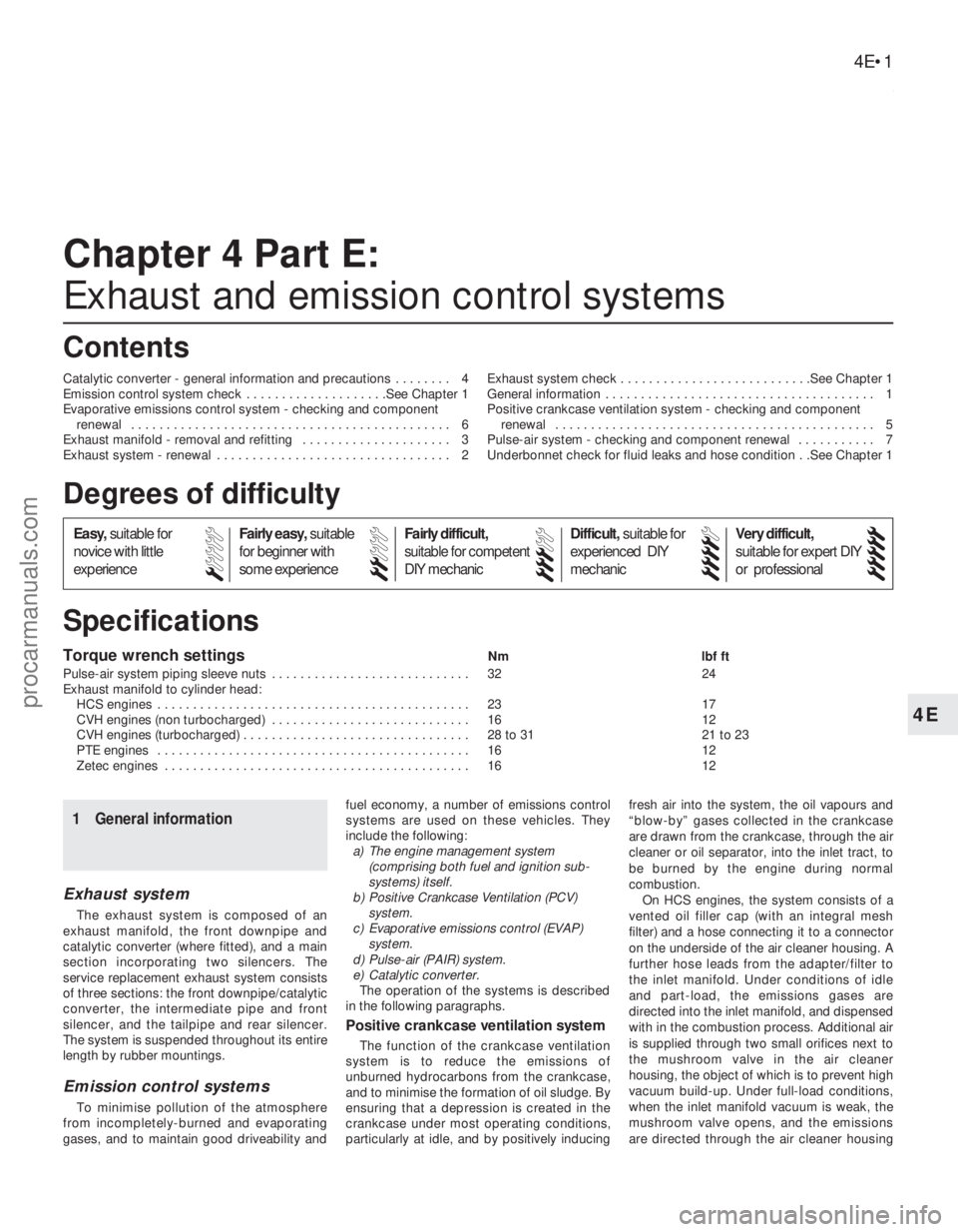
4E
1595Ford Fiesta Remake
Torque wrench settingsNmlbf ft
Pulse-air system piping sleeve nuts . . . . . . . . . . . . . . . . . . . . . . . . . . . . 32 24
Exhaust manifold to cylinder head: HCS engines . . . . . . . . . . . . . . . . . . . . . . . . . . . . . . . . . . . .\
. . . . . . . . 23 17
CVH engines (non turbocharged) . . . . . . . . . . . . . . . . . . . . . . . . . . . . 16 12
CVH engines (turbocharged) . . . . . . . . . . . . . . . . . . . . . . . . . . . . . . . . 28 to 31 21 to 23
PTE engines . . . . . . . . . . . . . . . . . . . . . . . . . . . . . . . . . . . .\
. . . . . . . . 16 12
Zetec engines . . . . . . . . . . . . . . . . . . . . . . . . . . . . . . . . . . . .\
. . . . . . . 16 12
Chapter 4 Part E:
Exhaust and emission control systems
Catalytic converter - general information and precautions . . . . . . . . 4
Emission control system check . . . . . . . . . . . . . . . . . . . .See Chapter 1
Evaporative emissions control system - checking and component
renewal . . . . . . . . . . . . . . . . . . . . . . . . . . . . . . . . . . . .\
. . . . . . . . . 6
Exhaust manifold - removal and refitting . . . . . . . . . . . . . . . . . . . . . 3
Exhaust system - renewal . . . . . . . . . . . . . . . . . . . . . . . . . . . . . . . . . 2 Exhaust system check . . . . . . . . . . . . . . . . . . . . . . . . . . .See Chapter 1
General information . . . . . . . . . . . . . . . . . . . . . . . . . . . . . . . . . . . .\
. . 1
Positive crankcase ventilation system - checking and component
renewal . . . . . . . . . . . . . . . . . . . . . . . . . . . . . . . . . . . .\
. . . . . . . . . 5
Pulse-air system - checking and component renewal . . . . . . . . . . . 7
Underbonnet check for fluid leaks and hose condition . .See Chapter 1
4E•1
Specifications Contents
Easy, suitable for
novice with little
experience Fairly easy,
suitable
for beginner with
some experience Fairly difficult,
suitable for competent
DIY mechanic
Difficult,
suitable for
experienced DIY
mechanic Very difficult,
suitable for expert DIY
or professional
Degrees of difficulty
54321
1 General information
Exhaust system
The exhaust system is composed of an
exhaust manifold, the front downpipe and
catalytic converter (where fitted), and a main
section incorporating two silencers. The
service replacement exhaust system consists
of three sections: the front downpipe/catalytic
converter, the intermediate pipe and front
silencer, and the tailpipe and rear silencer.
The system is suspended throughout its entire
length by rubber mountings.
Emission control systems
To minimise pollution of the atmosphere
from incompletely-burned and evaporating
gases, and to maintain good driveability and fuel economy, a number of emissions control
systems are used on these vehicles. They
include the following:
a) The engine management system
(comprising both fuel and ignition sub-
systems) itself.
b) Positive Crankcase Ventilation (PCV) system.
c) Evaporative emissions control (EVAP) system.
d) Pulse-air (PAIR) system.
e) Catalytic converter. The operation of the systems is described
in the following paragraphs.
Positive crankcase ventilation system
The function of the crankcase ventilation
system is to reduce the emissions of
unburned hydrocarbons from the crankcase,
and to minimise the formation of oil sludge. By
ensuring that a depression is created in the
crankcase under most operating conditions,
particularly at idle, and by positively inducing fresh air into the system, the oil vapours and
“blow-by” gases collected in the crankcase
are drawn from the crankcase, through the air
cleaner or oil separator, into the inlet tract, to
be burned by the engine during normal
combustion.
On HCS engines, the system consists of a
vented oil filler cap (with an integral mesh
filter) and a hose connecting it to a connector
on the underside of the air cleaner housing. A
further hose leads from the adapter/filter to
the inlet manifold. Under conditions of idle
and part-load, the emissions gases are
directed into the inlet manifold, and dispensed
with in the combustion process. Additional air
is supplied through two small orifices next to
the mushroom valve in the air cleaner
housing, the object of which is to prevent high
vacuum build-up. Under full-load conditions,
when the inlet manifold vacuum is weak, the
mushroom valve opens, and the emissions
are directed through the air cleaner housing
procarmanuals.com
http://vnx.su
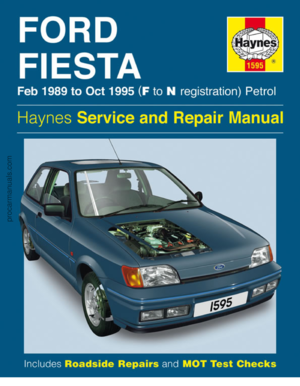 1
1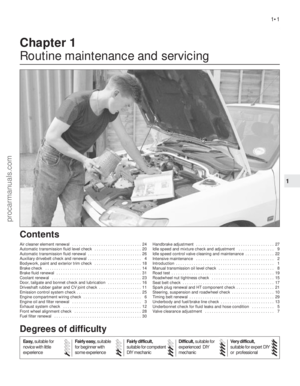 2
2 3
3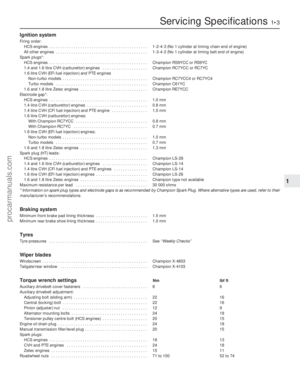 4
4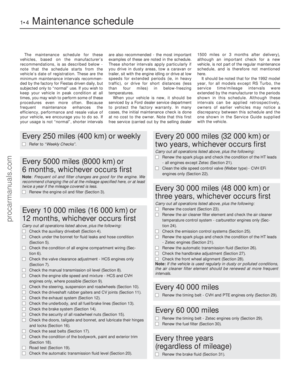 5
5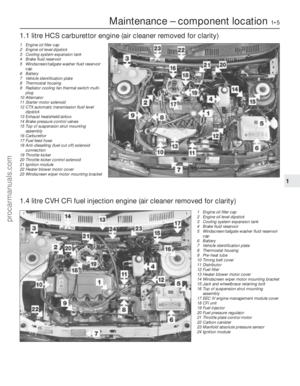 6
6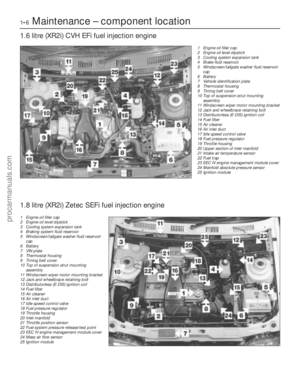 7
7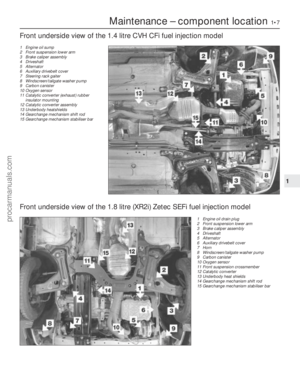 8
8 9
9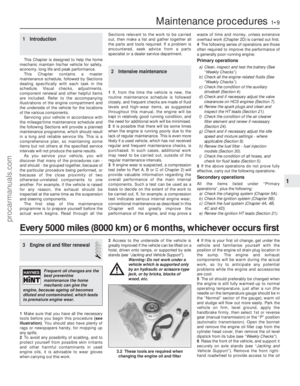 10
10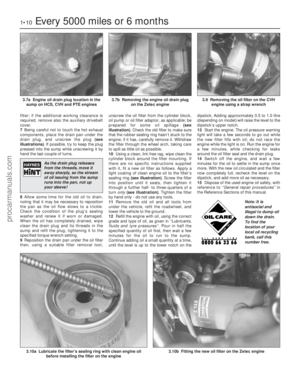 11
11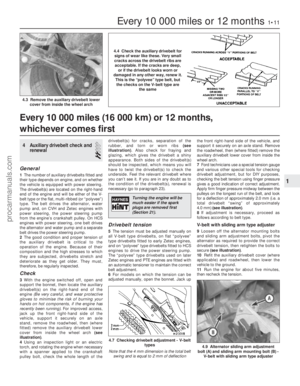 12
12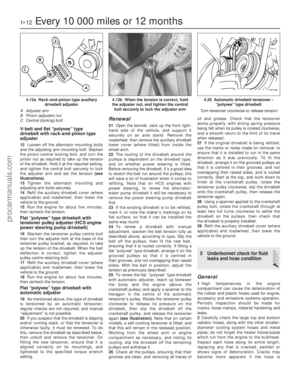 13
13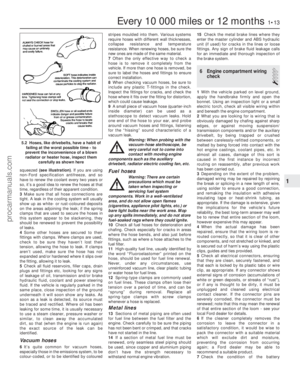 14
14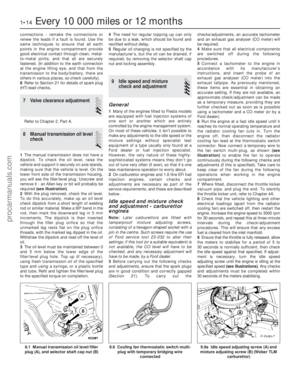 15
15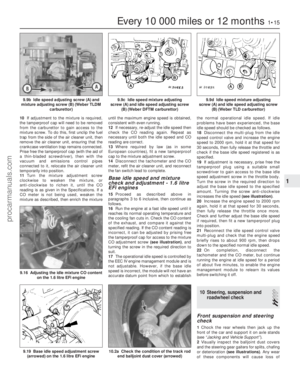 16
16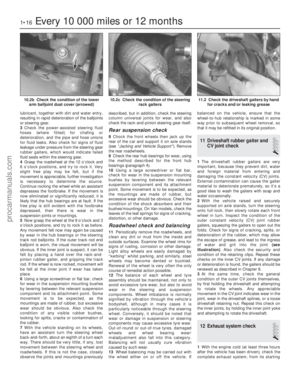 17
17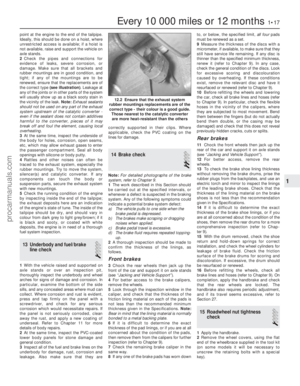 18
18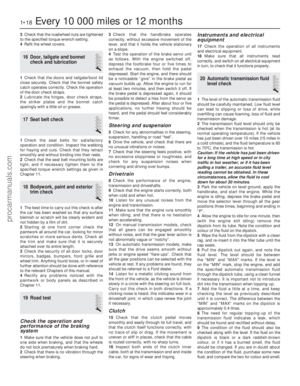 19
19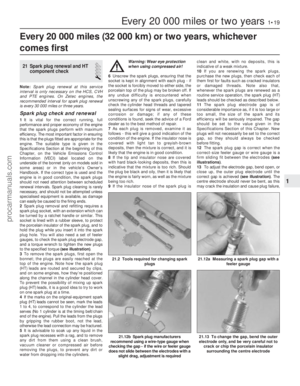 20
20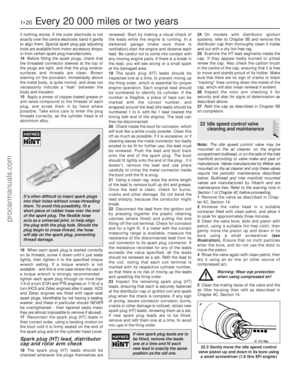 21
21 22
22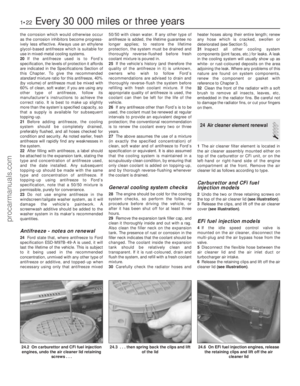 23
23 24
24 25
25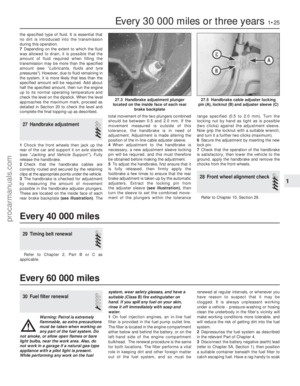 26
26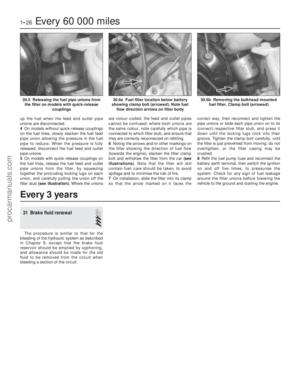 27
27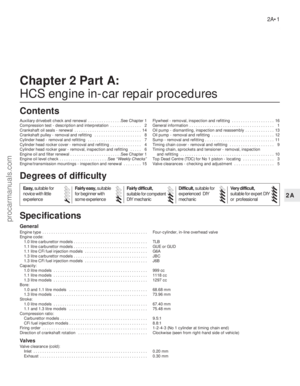 28
28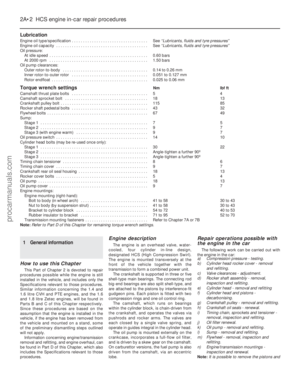 29
29 30
30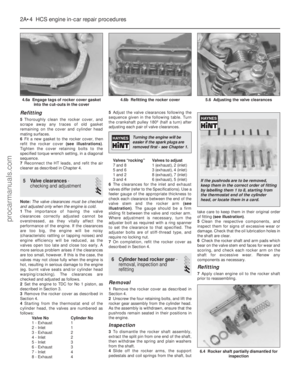 31
31 32
32 33
33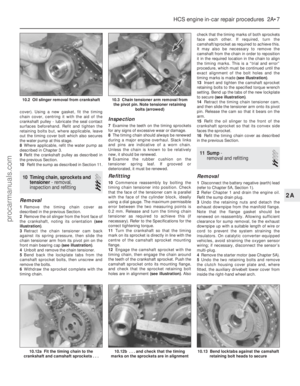 34
34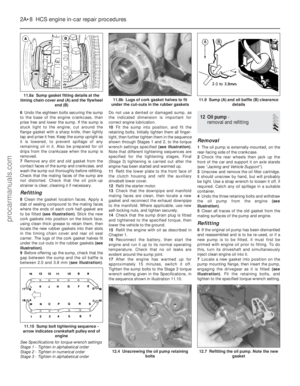 35
35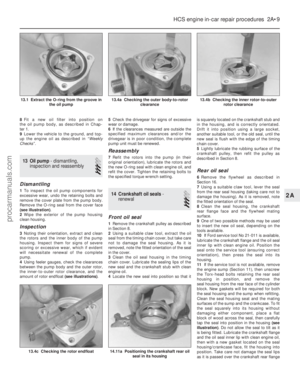 36
36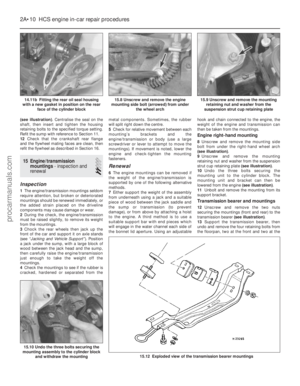 37
37 38
38 39
39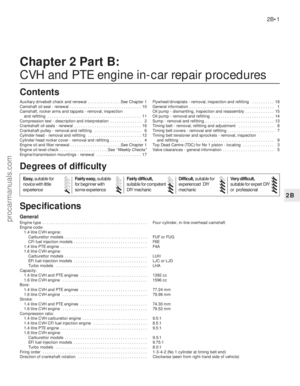 40
40 41
41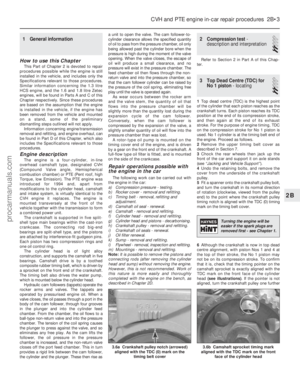 42
42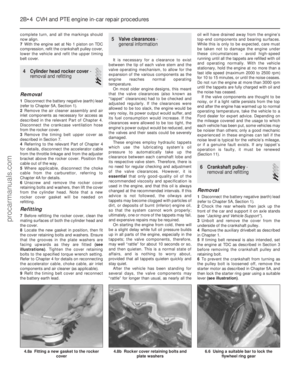 43
43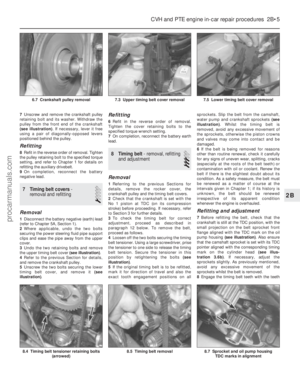 44
44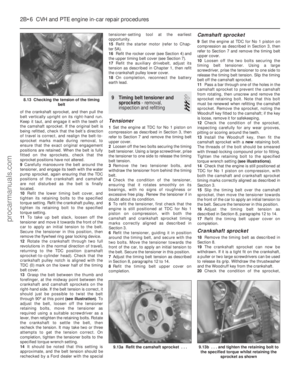 45
45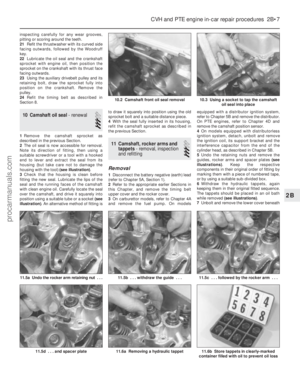 46
46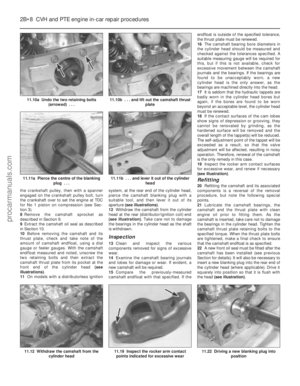 47
47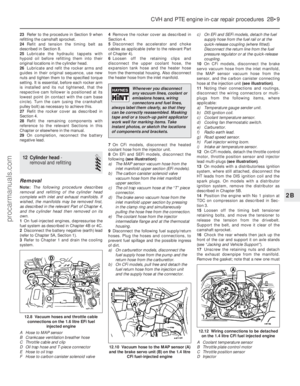 48
48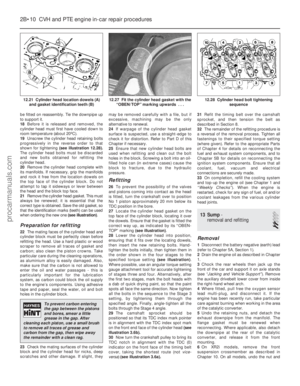 49
49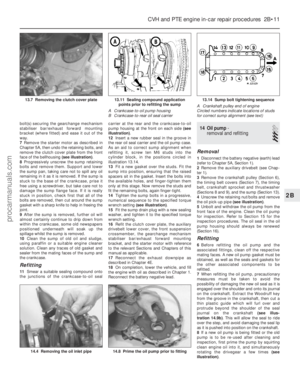 50
50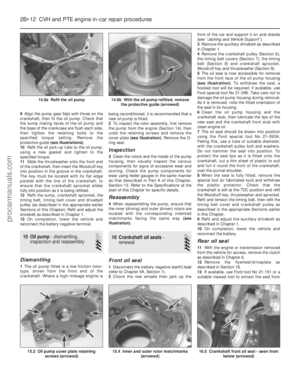 51
51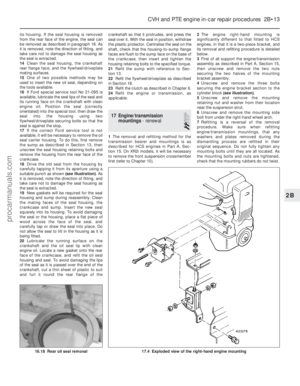 52
52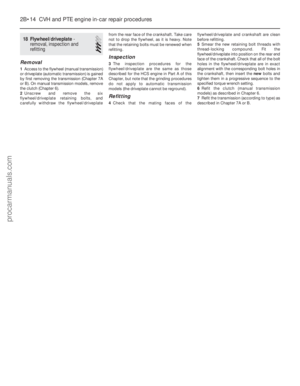 53
53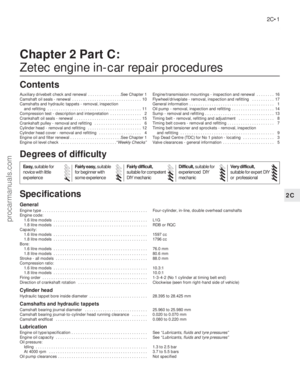 54
54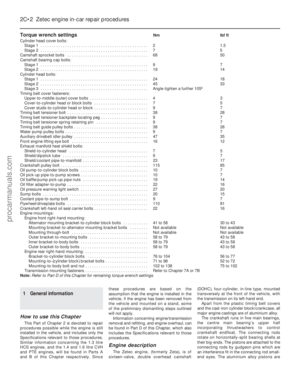 55
55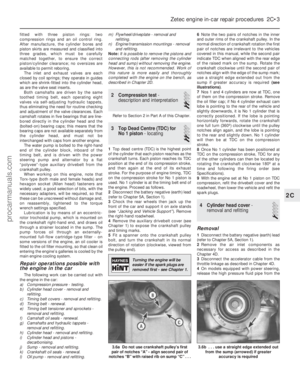 56
56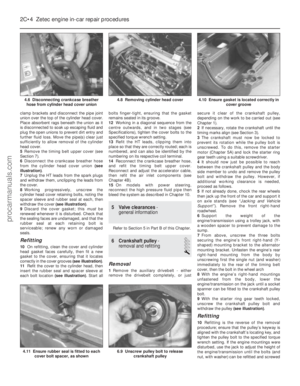 57
57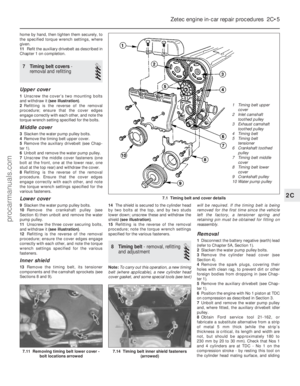 58
58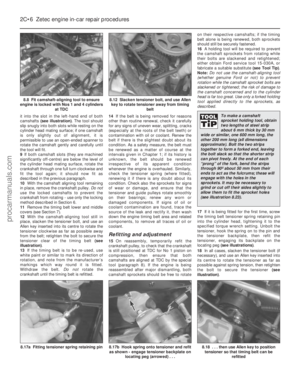 59
59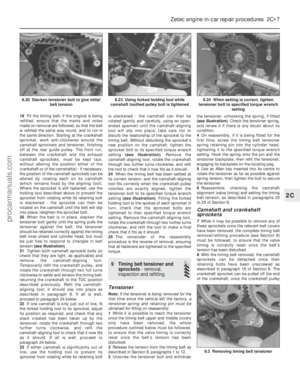 60
60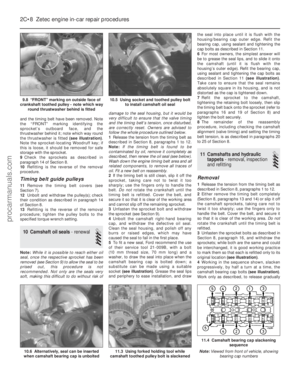 61
61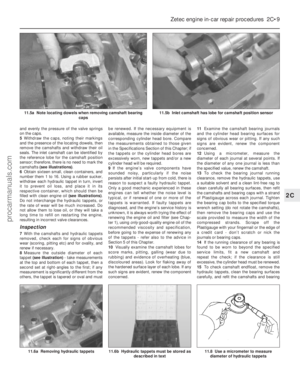 62
62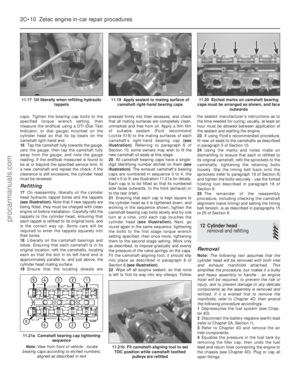 63
63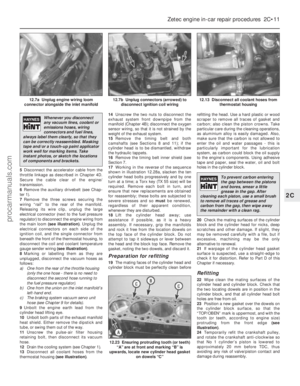 64
64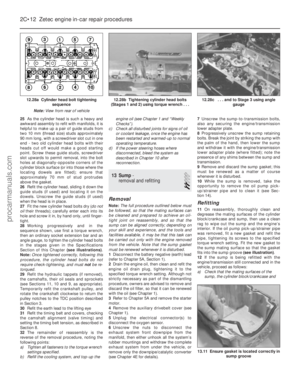 65
65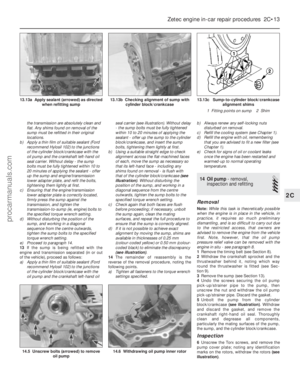 66
66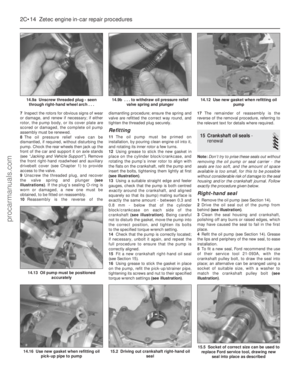 67
67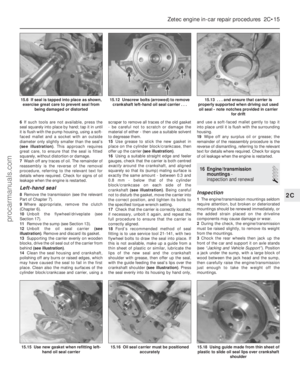 68
68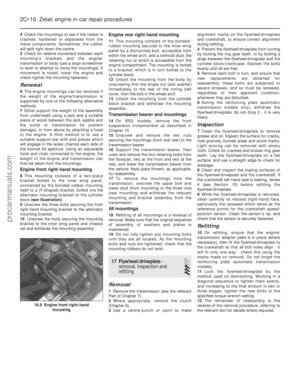 69
69 70
70 71
71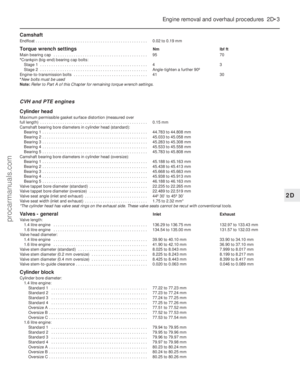 72
72 73
73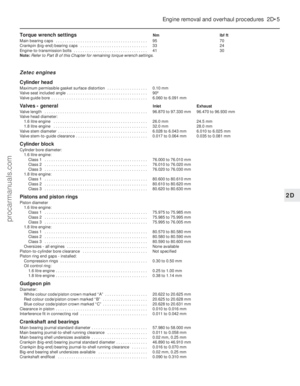 74
74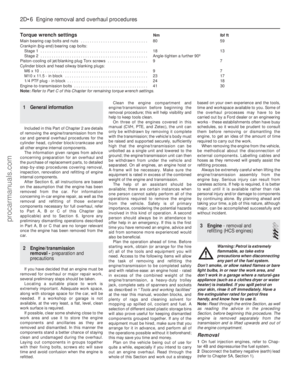 75
75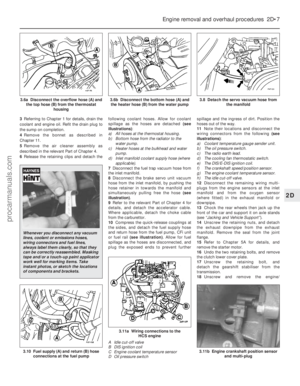 76
76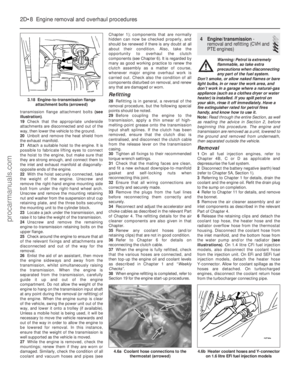 77
77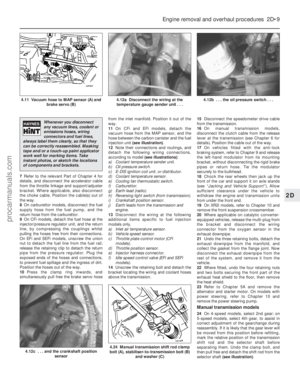 78
78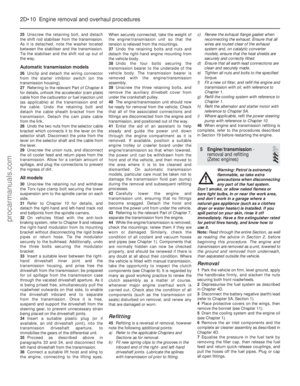 79
79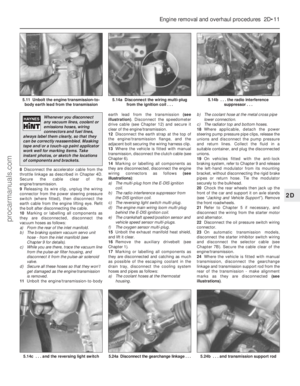 80
80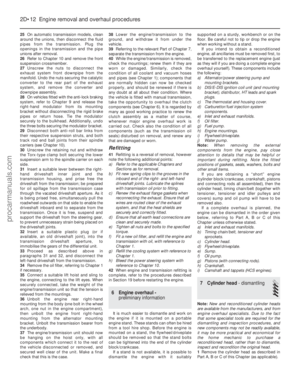 81
81 82
82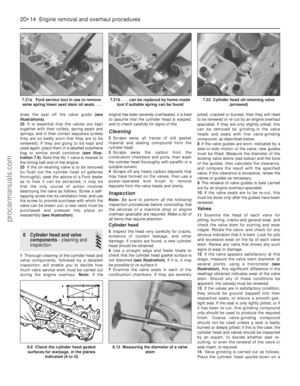 83
83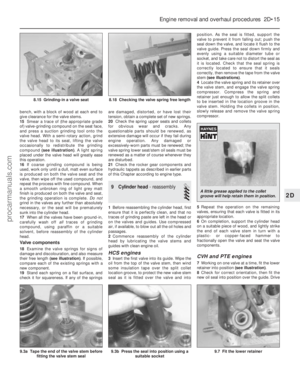 84
84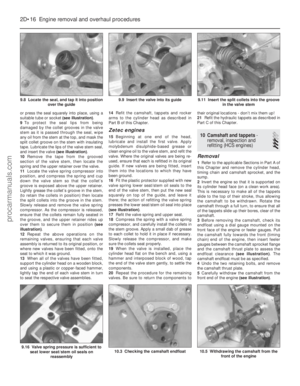 85
85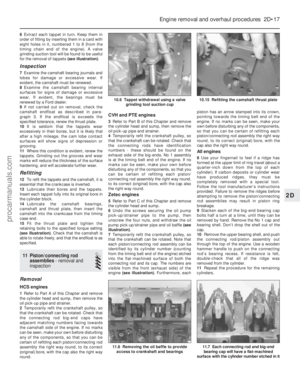 86
86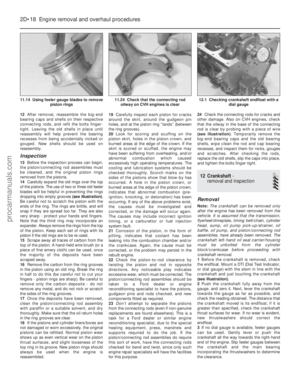 87
87 88
88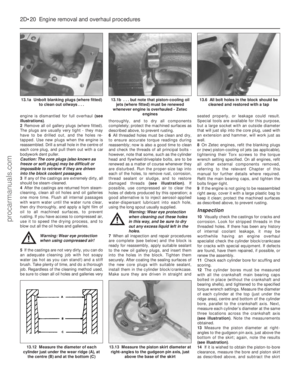 89
89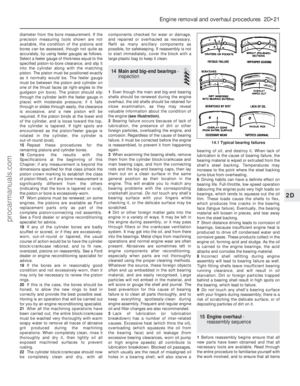 90
90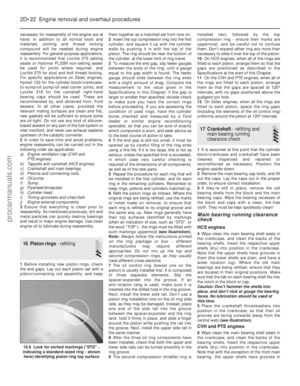 91
91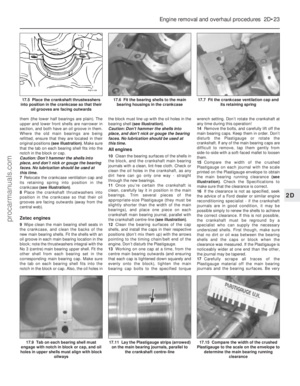 92
92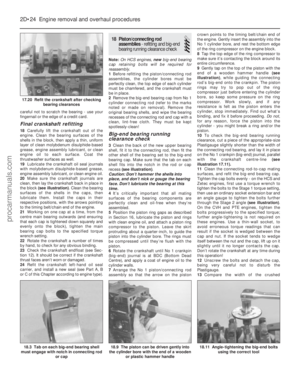 93
93 94
94 95
95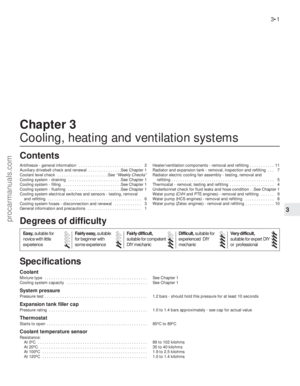 96
96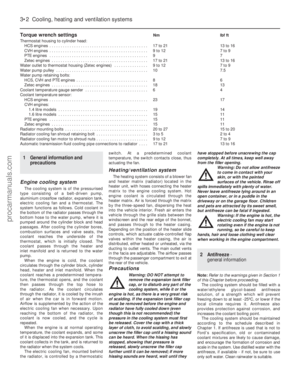 97
97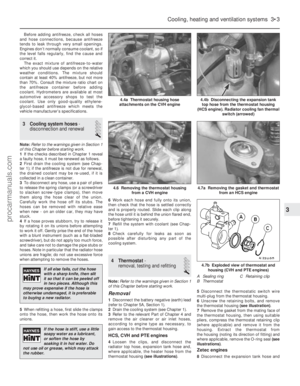 98
98 99
99 100
100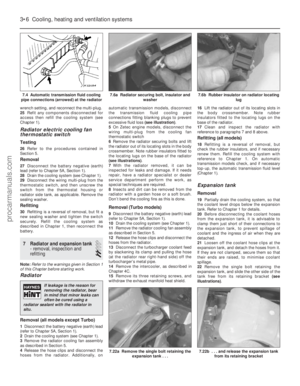 101
101 102
102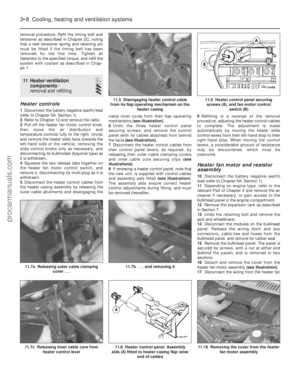 103
103 104
104 105
105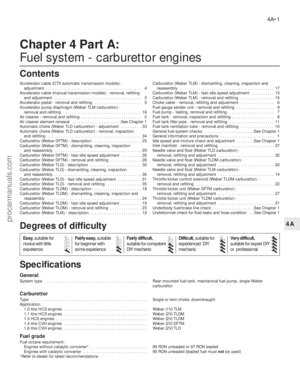 106
106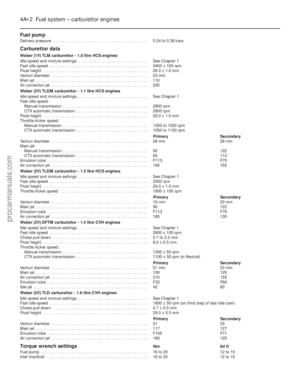 107
107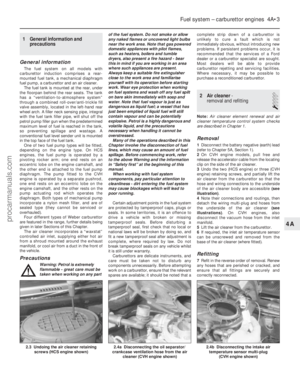 108
108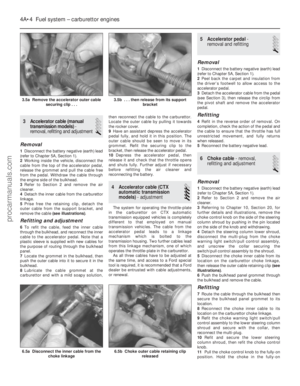 109
109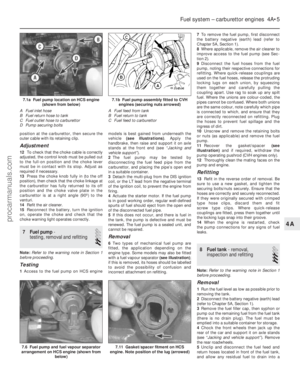 110
110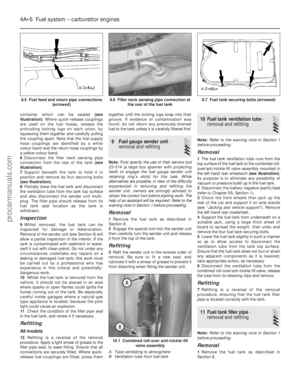 111
111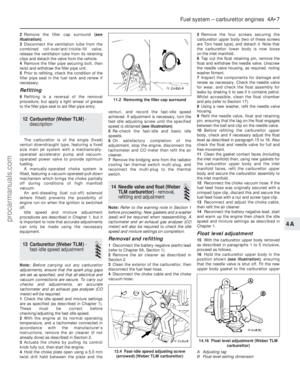 112
112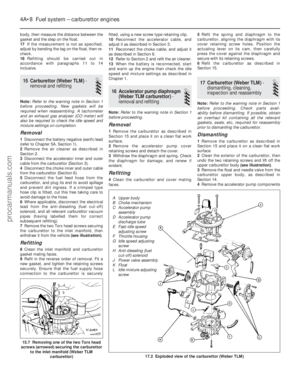 113
113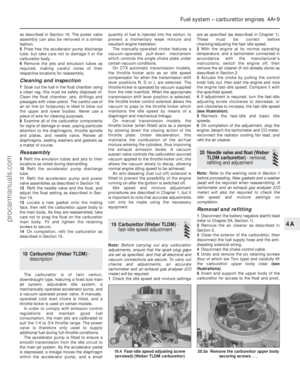 114
114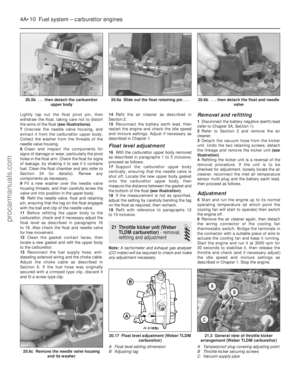 115
115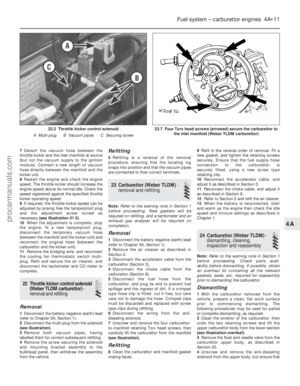 116
116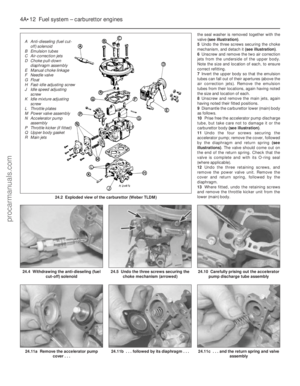 117
117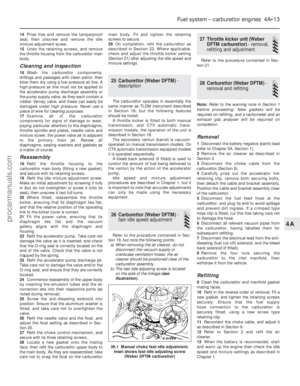 118
118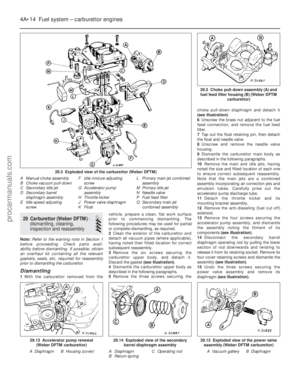 119
119 120
120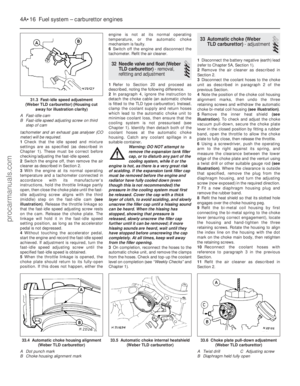 121
121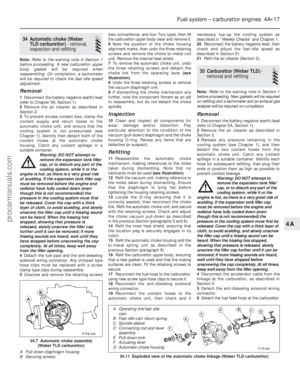 122
122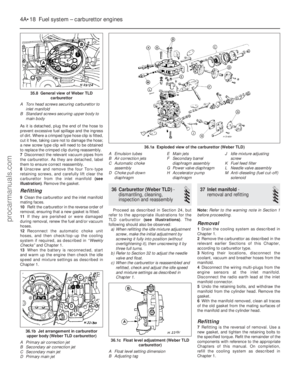 123
123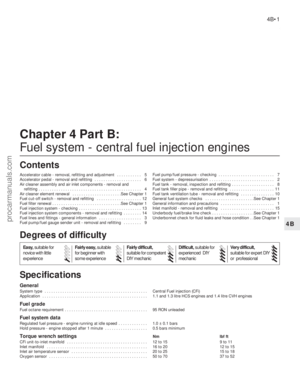 124
124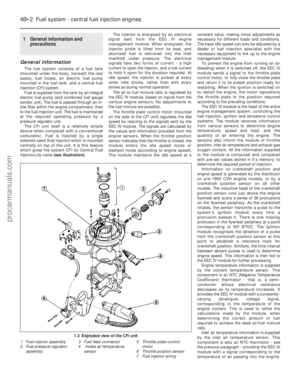 125
125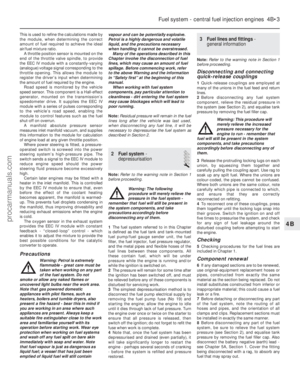 126
126 127
127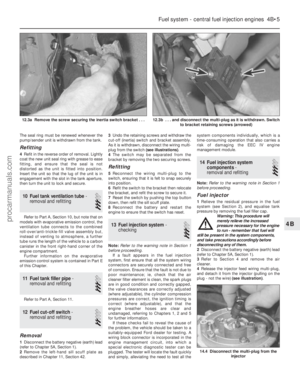 128
128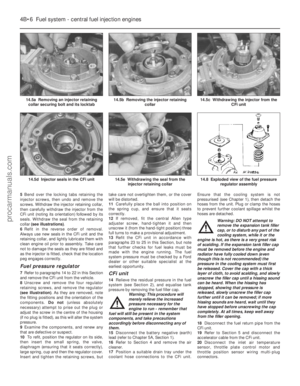 129
129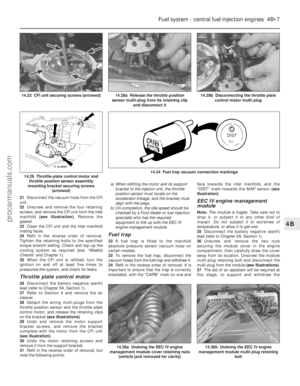 130
130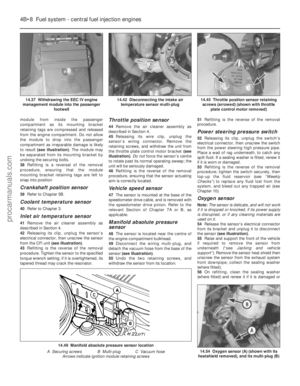 131
131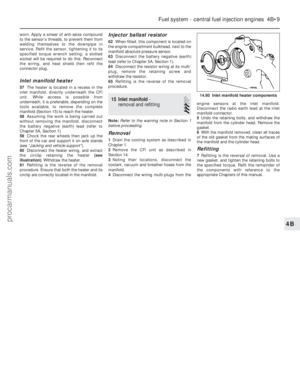 132
132 133
133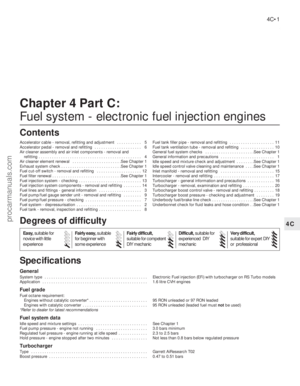 134
134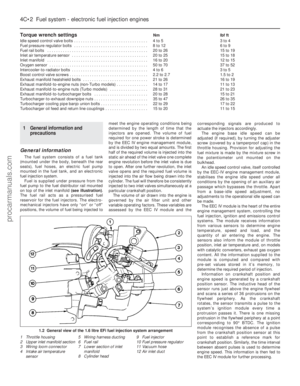 135
135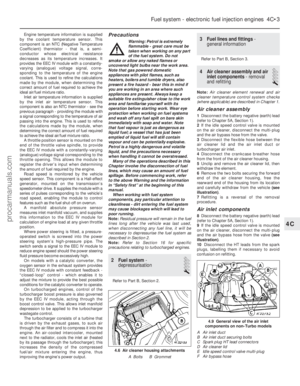 136
136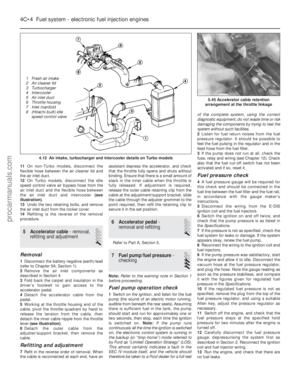 137
137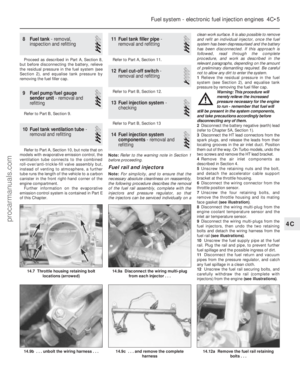 138
138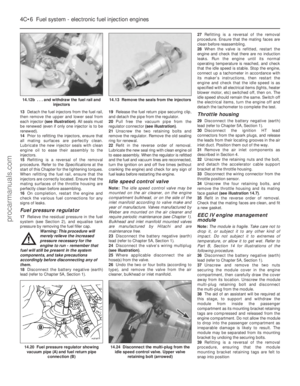 139
139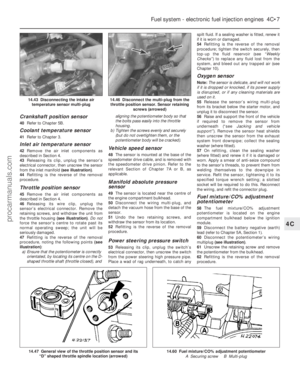 140
140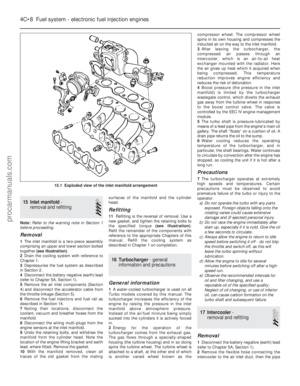 141
141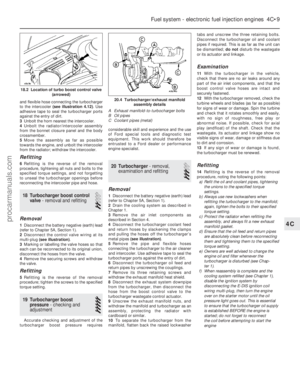 142
142 143
143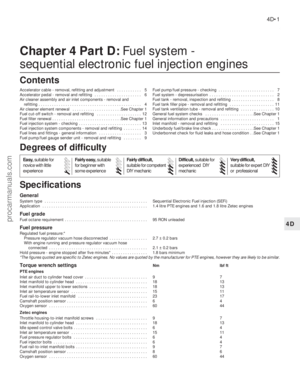 144
144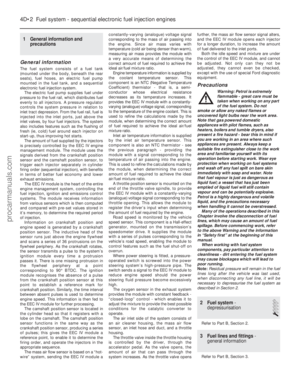 145
145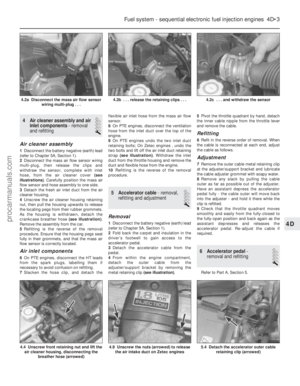 146
146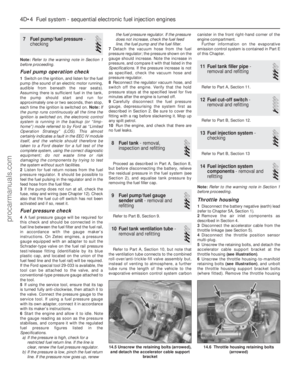 147
147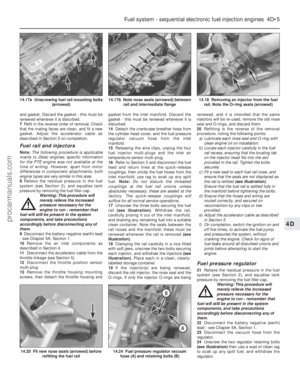 148
148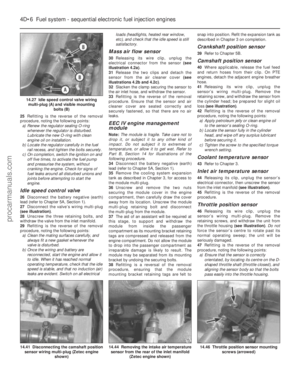 149
149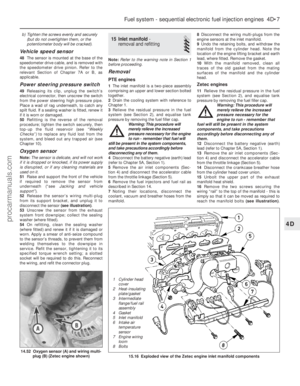 150
150 151
151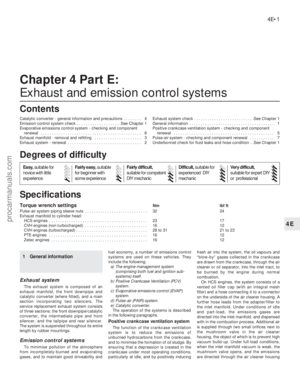 152
152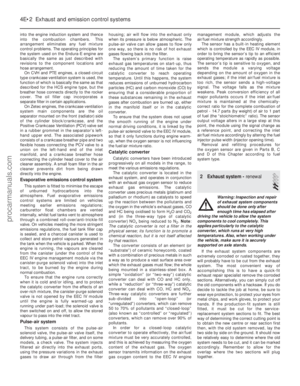 153
153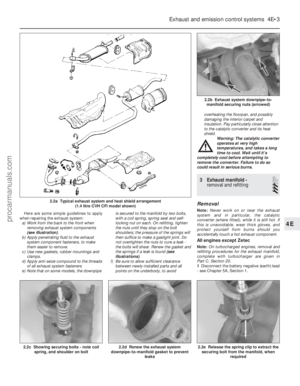 154
154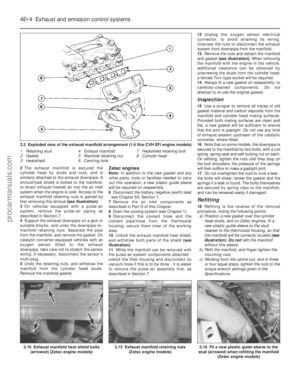 155
155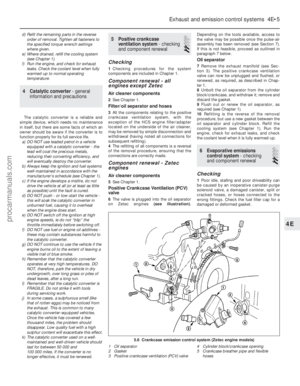 156
156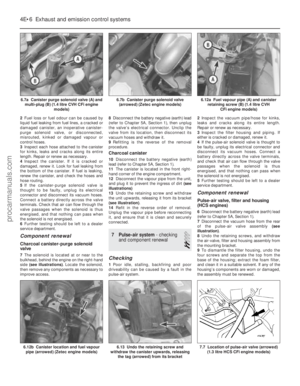 157
157 158
158 159
159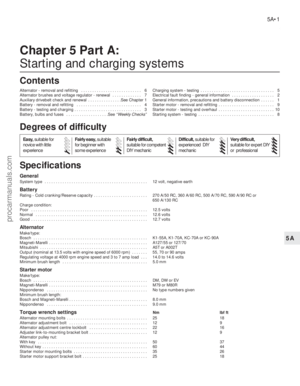 160
160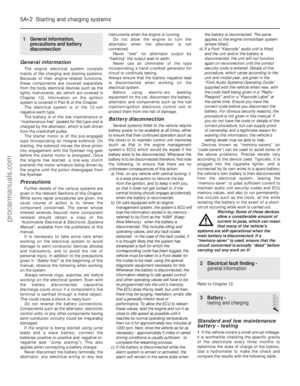 161
161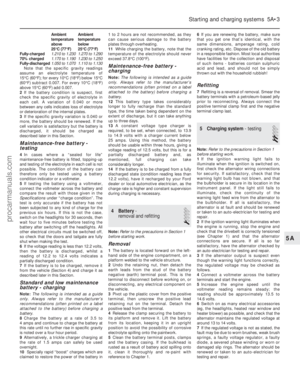 162
162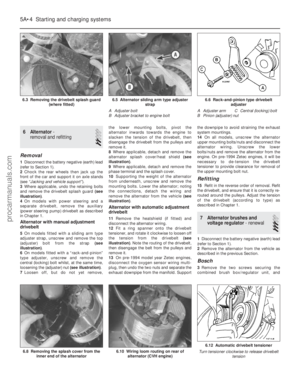 163
163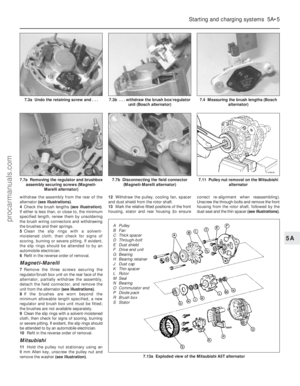 164
164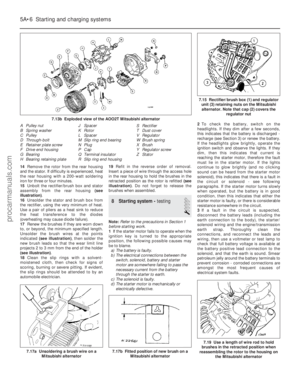 165
165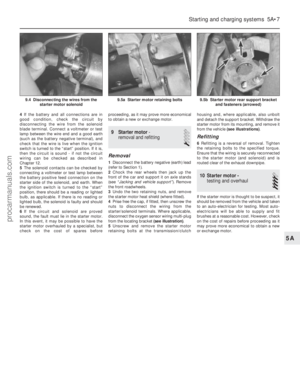 166
166 167
167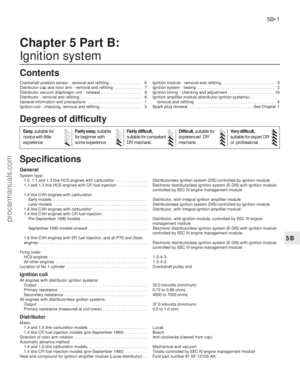 168
168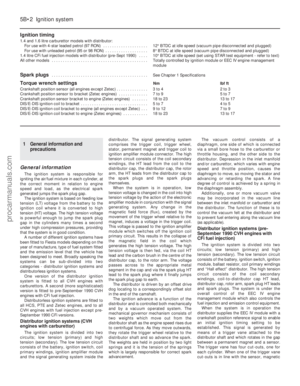 169
169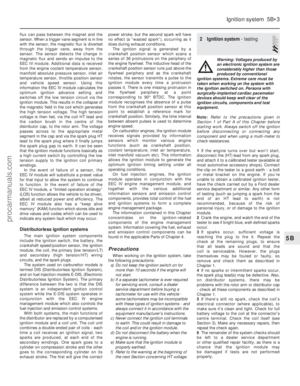 170
170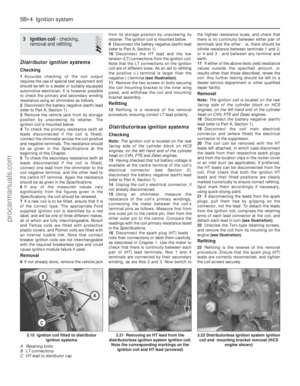 171
171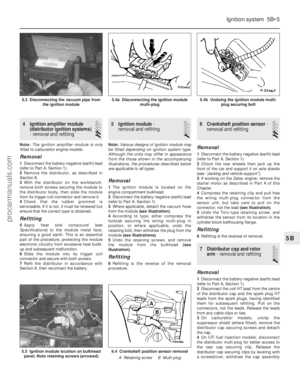 172
172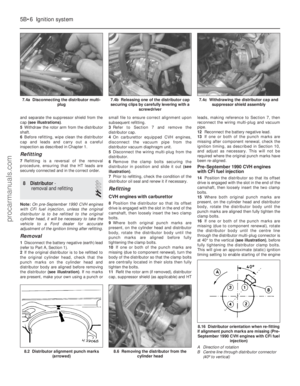 173
173 174
174 175
175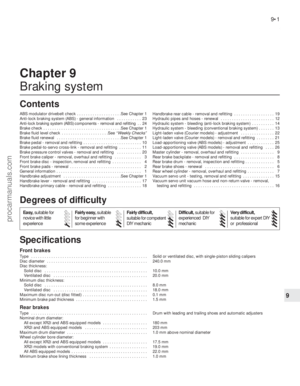 176
176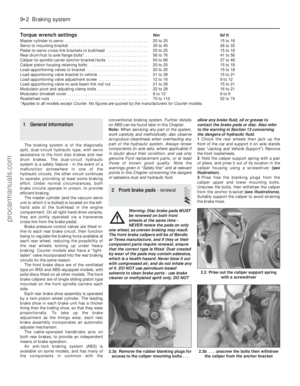 177
177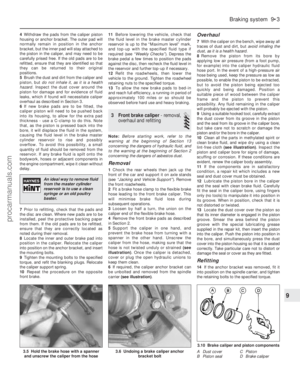 178
178 179
179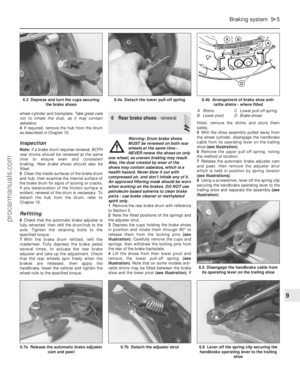 180
180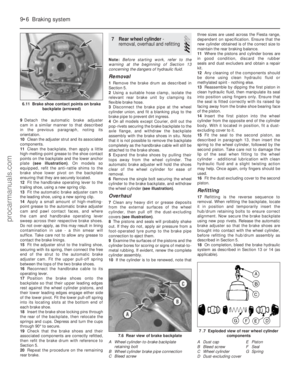 181
181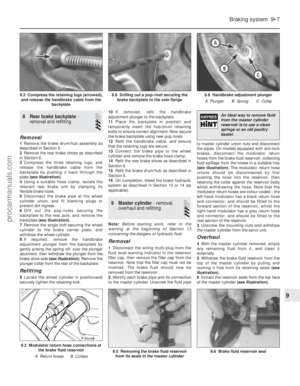 182
182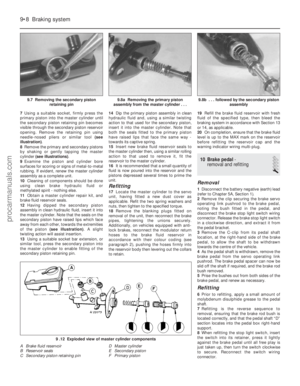 183
183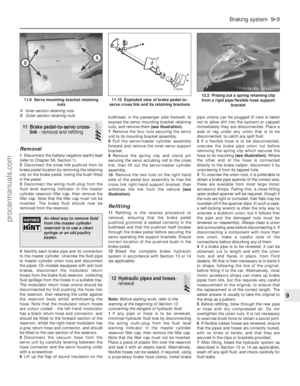 184
184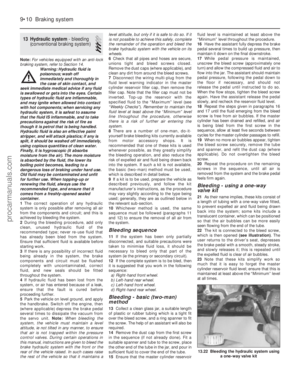 185
185 186
186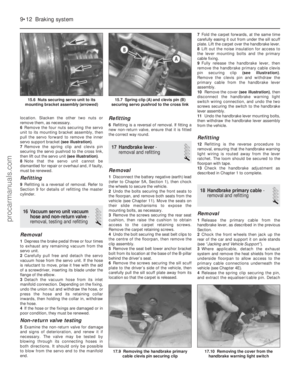 187
187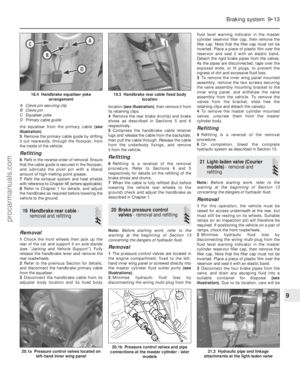 188
188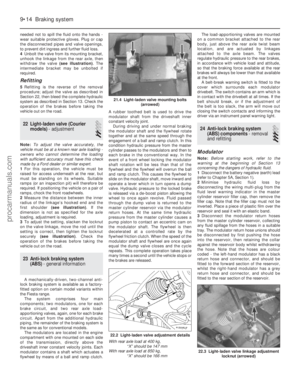 189
189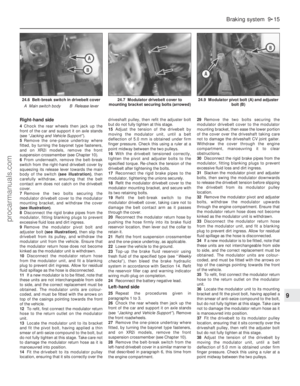 190
190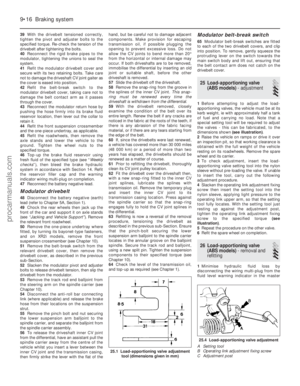 191
191 192
192 193
193 194
194 195
195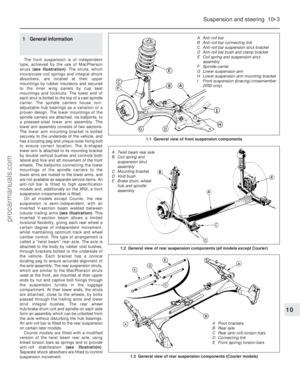 196
196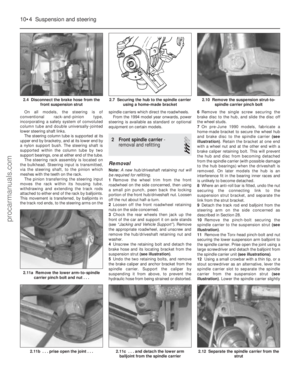 197
197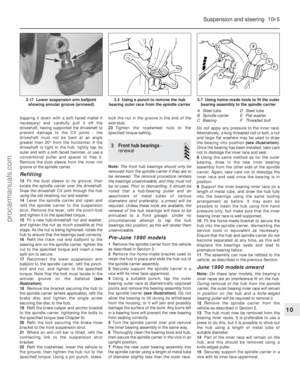 198
198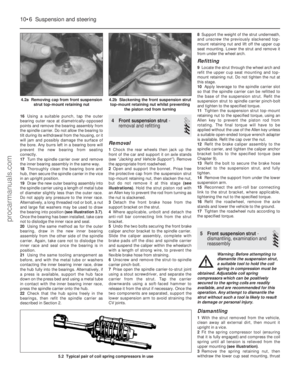 199
199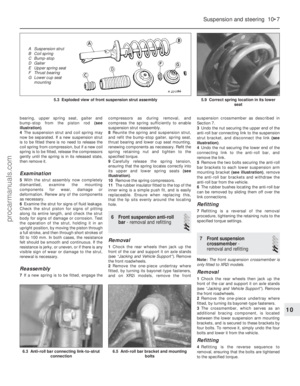 200
200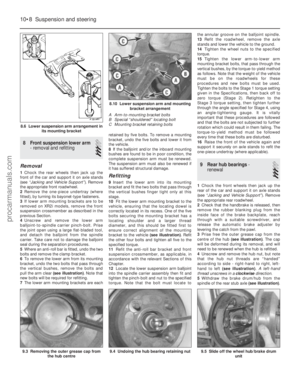 201
201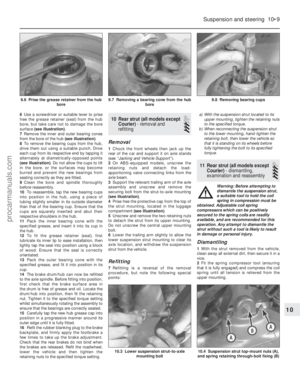 202
202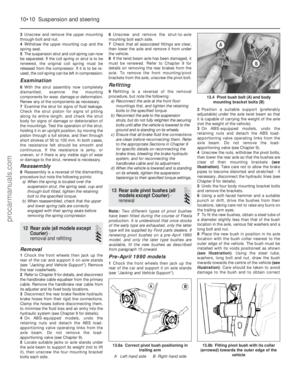 203
203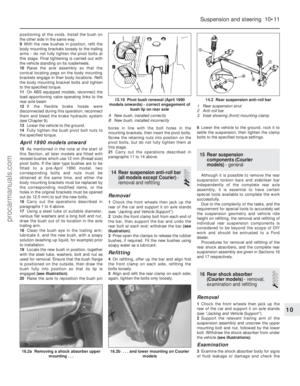 204
204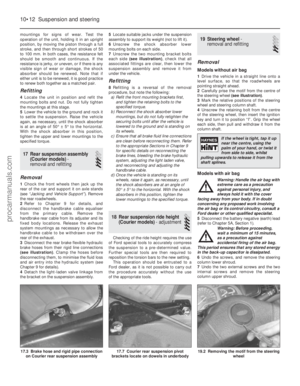 205
205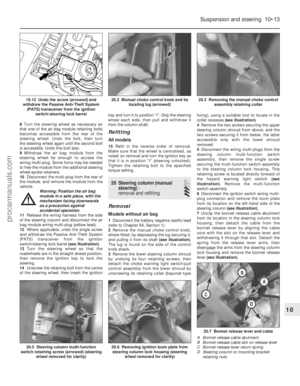 206
206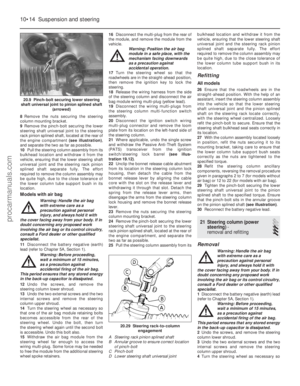 207
207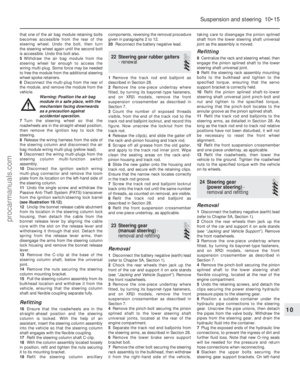 208
208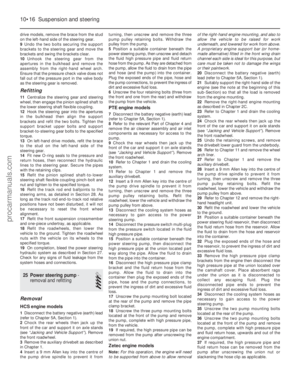 209
209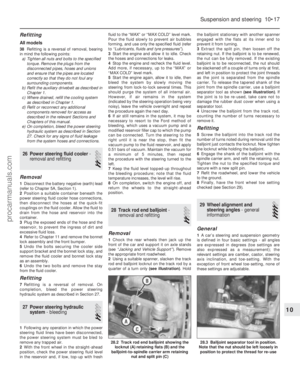 210
210 211
211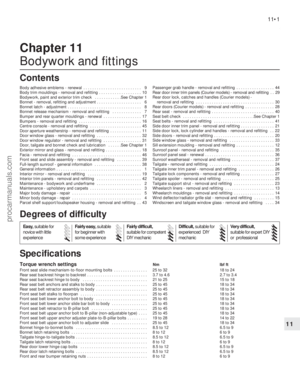 212
212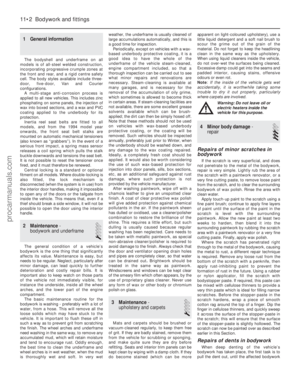 213
213 214
214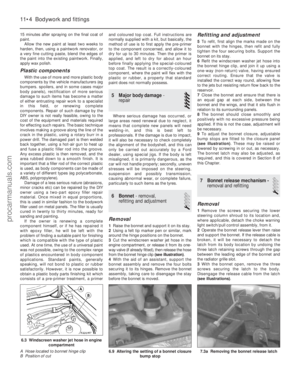 215
215 216
216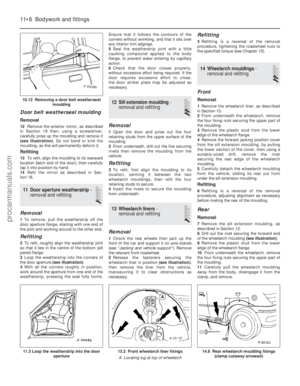 217
217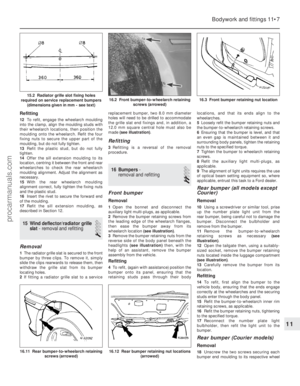 218
218 219
219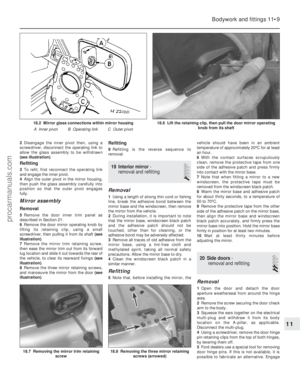 220
220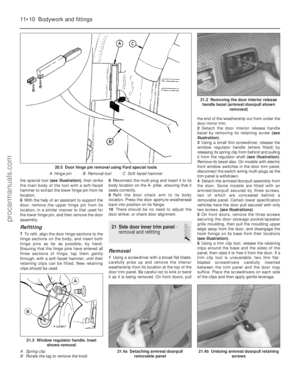 221
221 222
222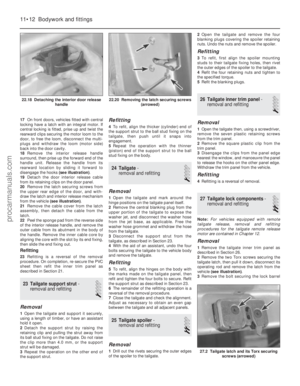 223
223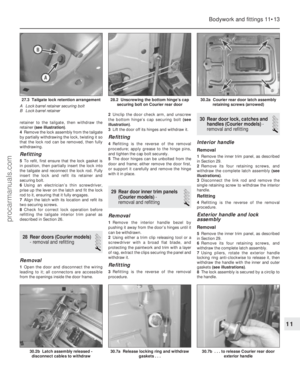 224
224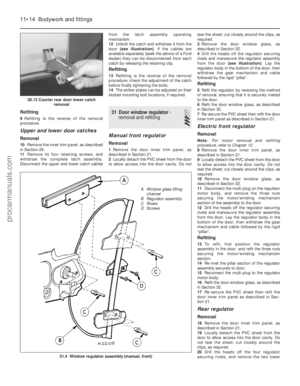 225
225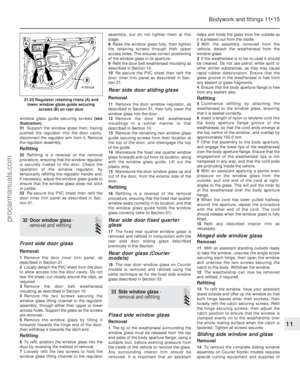 226
226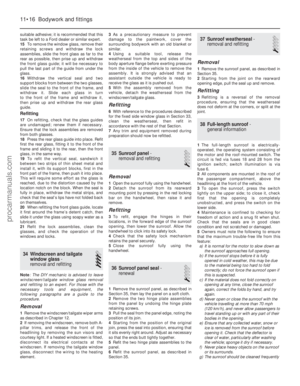 227
227 228
228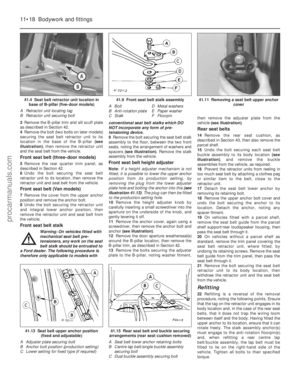 229
229 230
230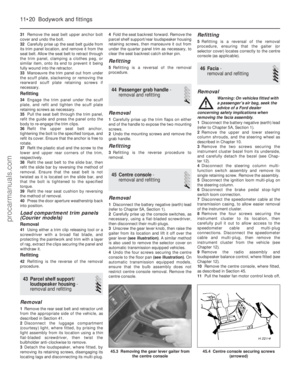 231
231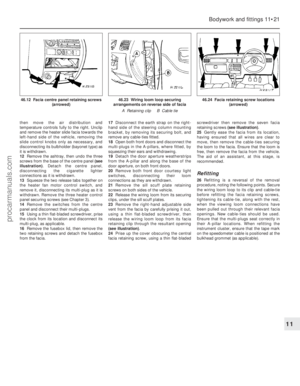 232
232 233
233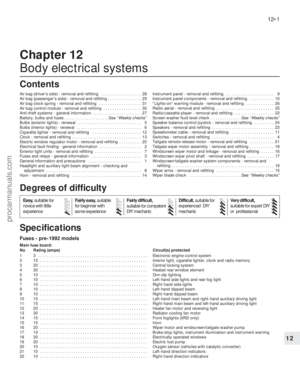 234
234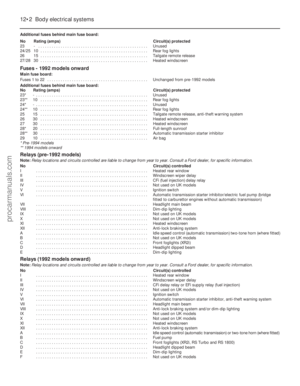 235
235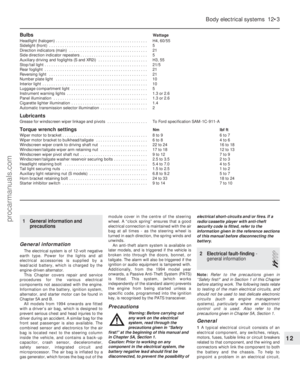 236
236 237
237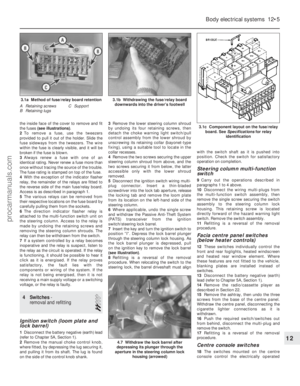 238
238 239
239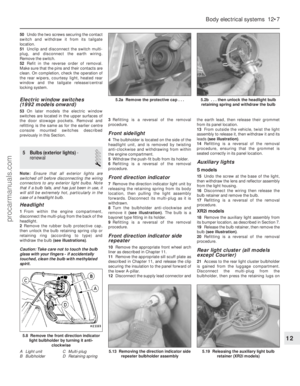 240
240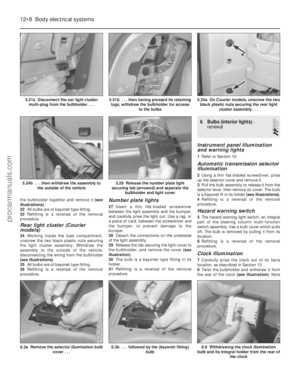 241
241 242
242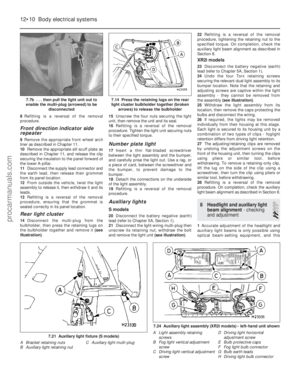 243
243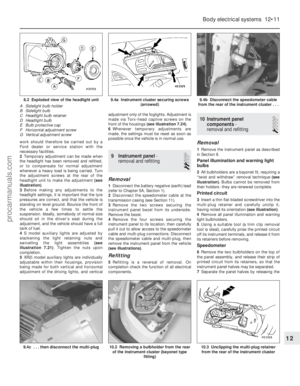 244
244 245
245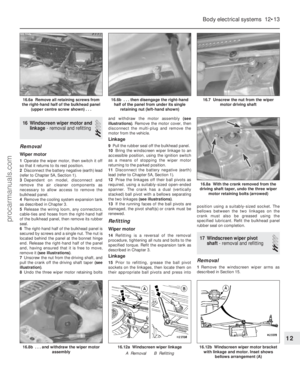 246
246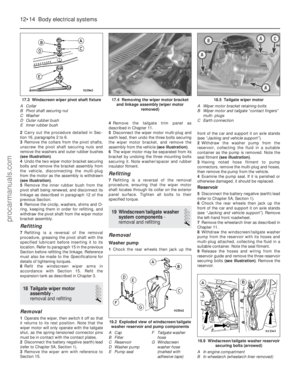 247
247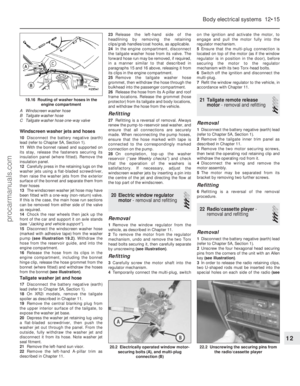 248
248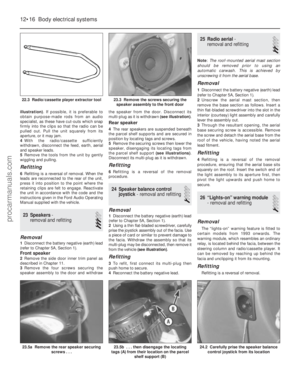 249
249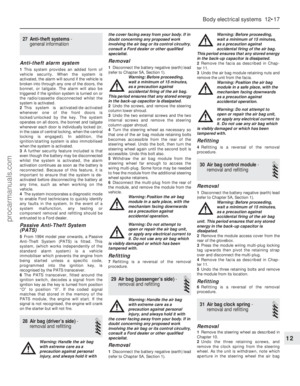 250
250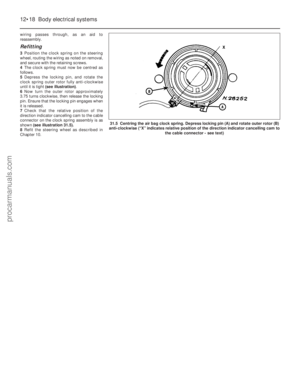 251
251 252
252 253
253 254
254 255
255 256
256 257
257 258
258 259
259 260
260 261
261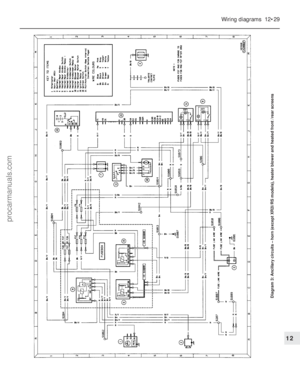 262
262 263
263 264
264 265
265 266
266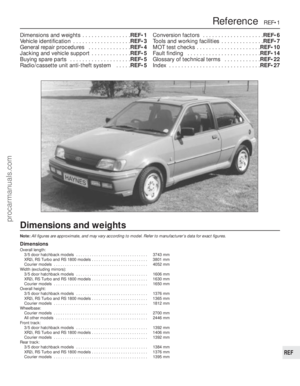 267
267 268
268 269
269 270
270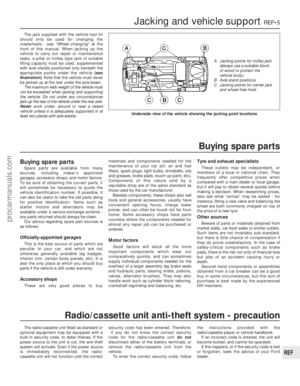 271
271 272
272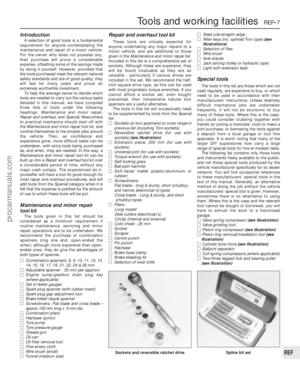 273
273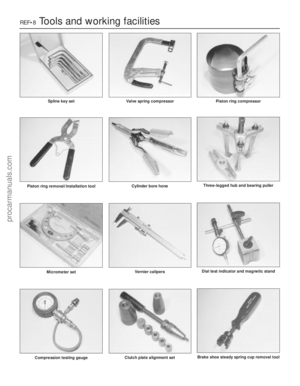 274
274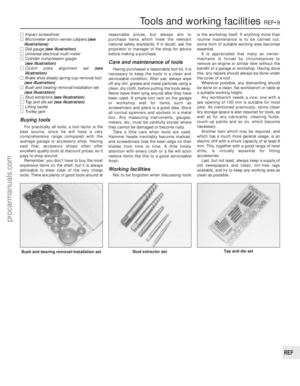 275
275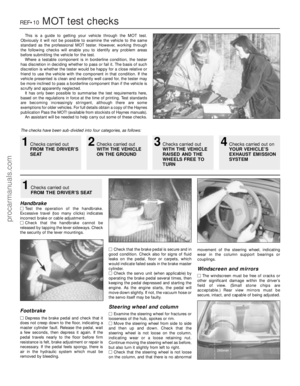 276
276 277
277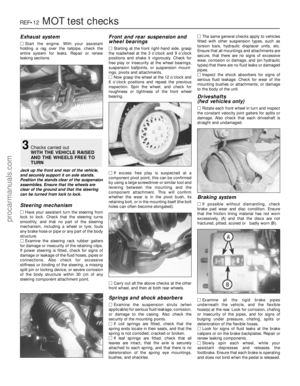 278
278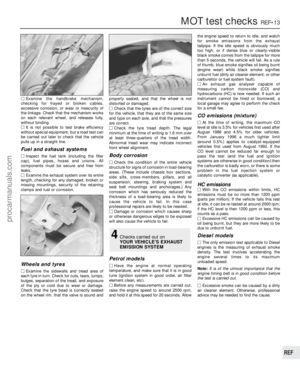 279
279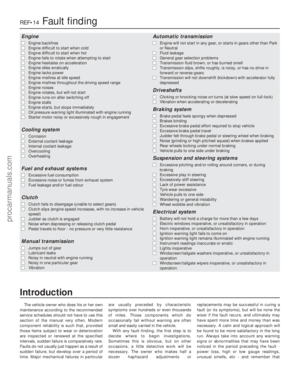 280
280 281
281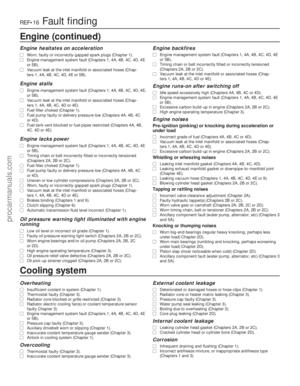 282
282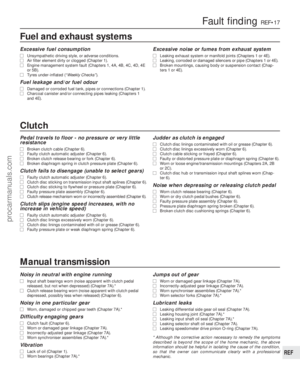 283
283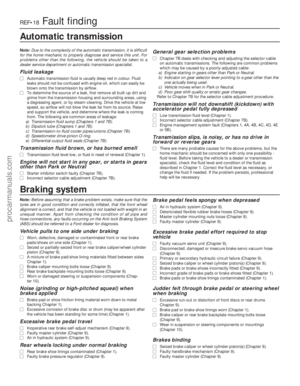 284
284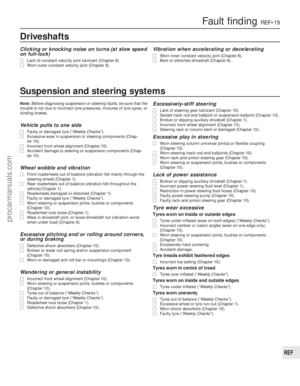 285
285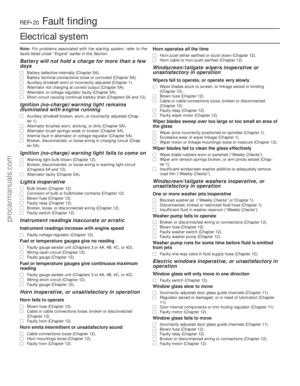 286
286 287
287 288
288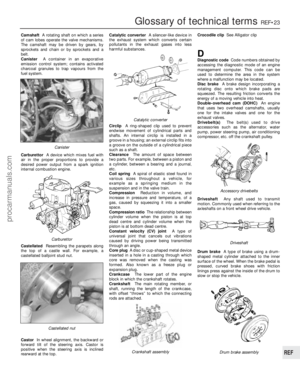 289
289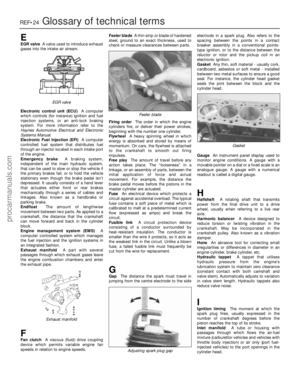 290
290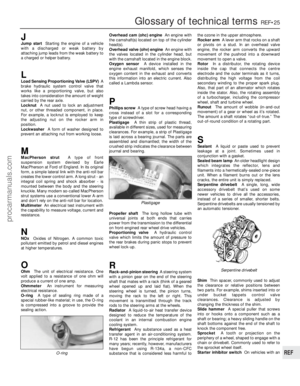 291
291 292
292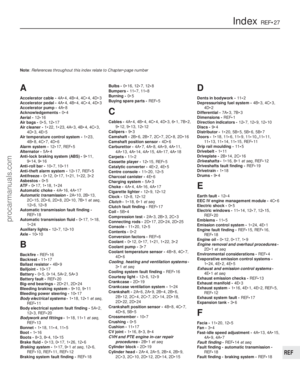 293
293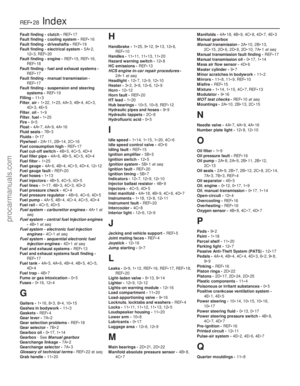 294
294 295
295






